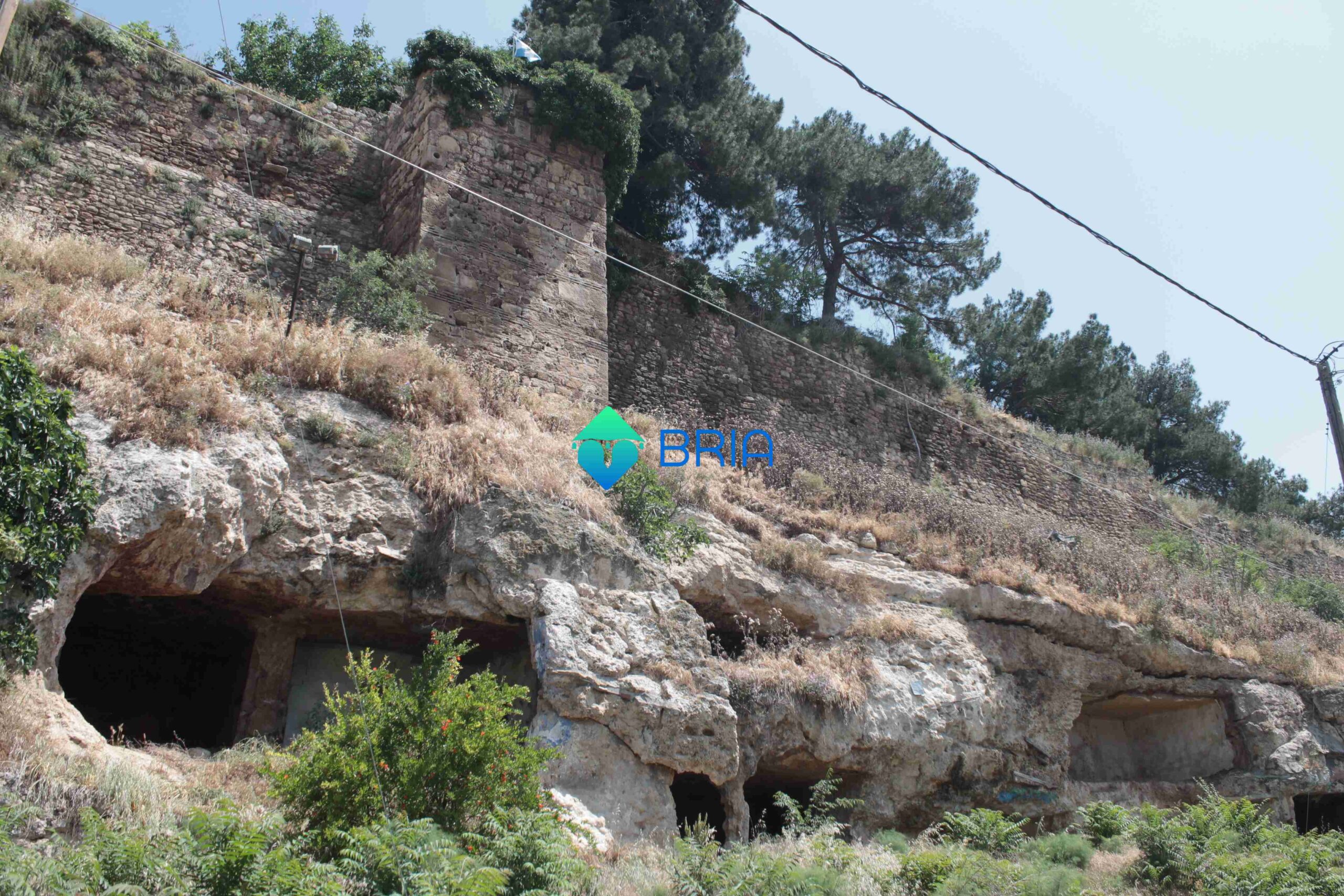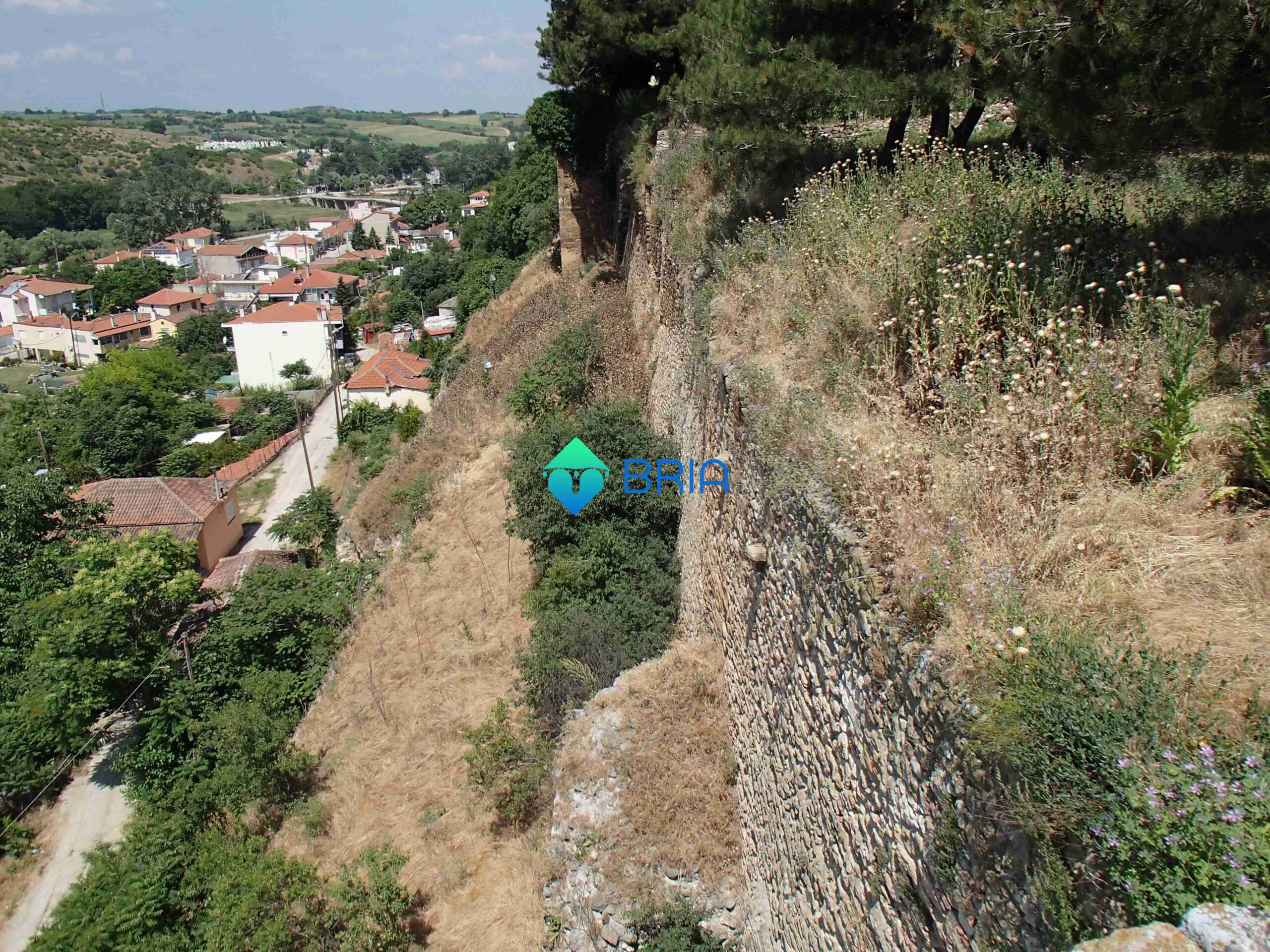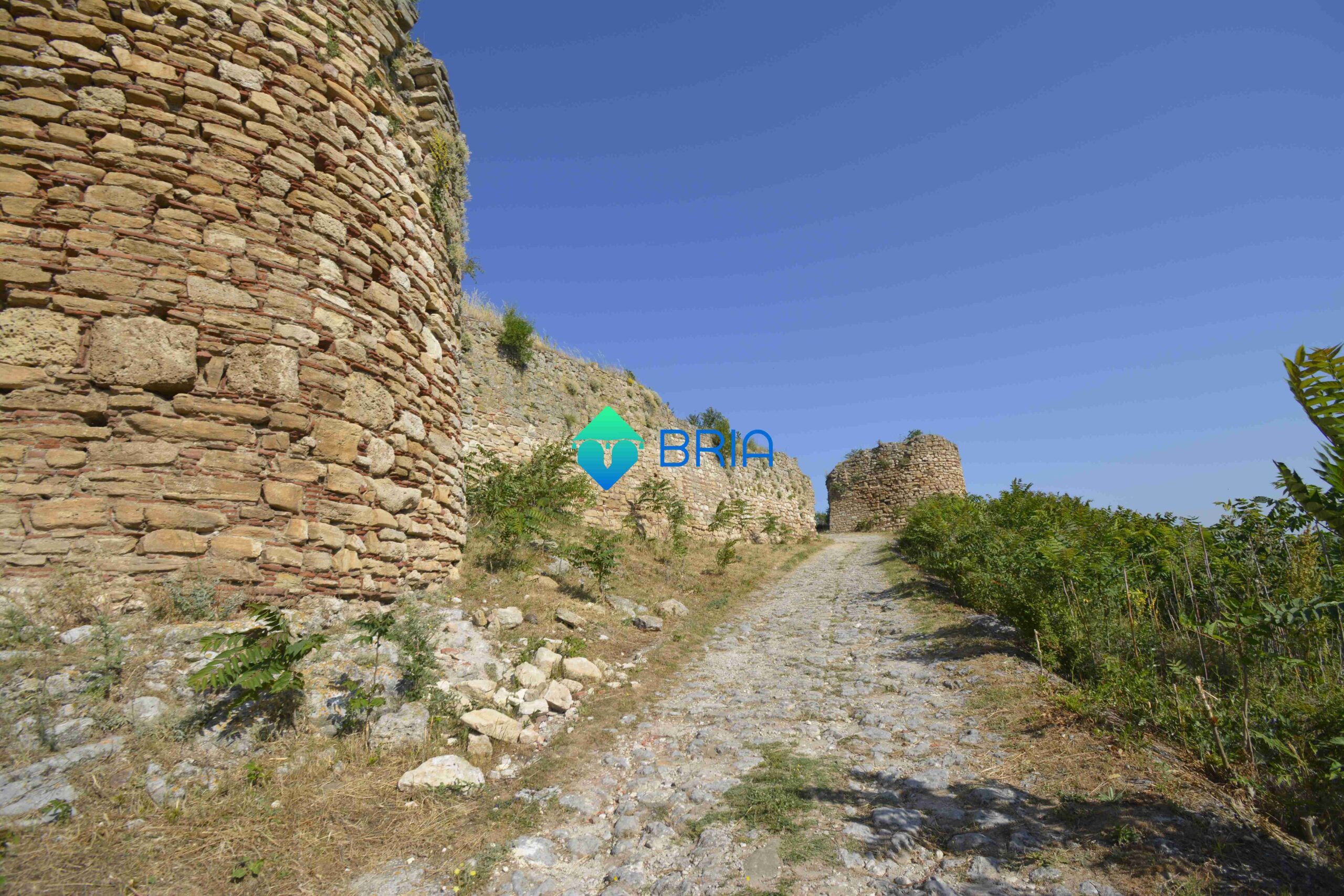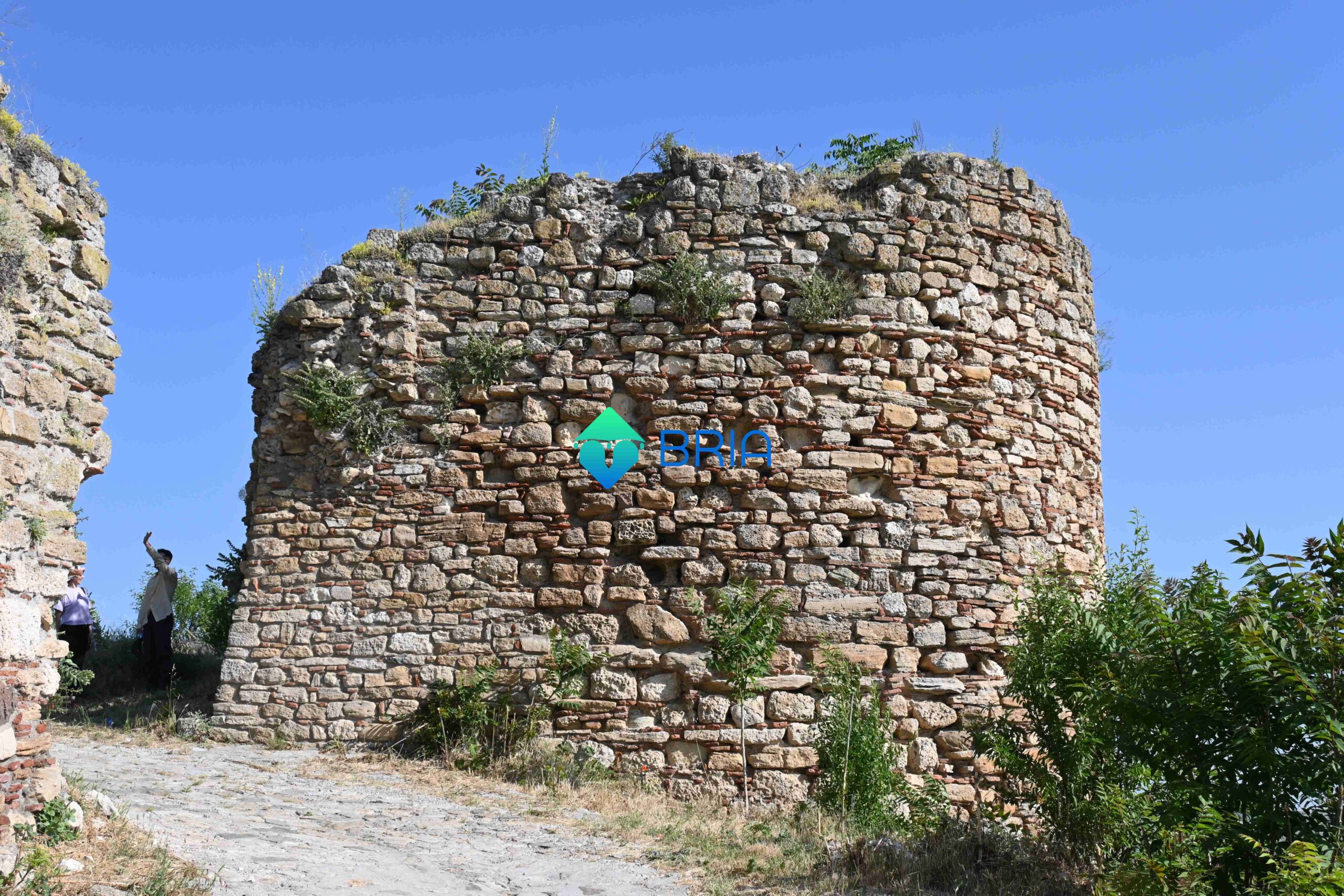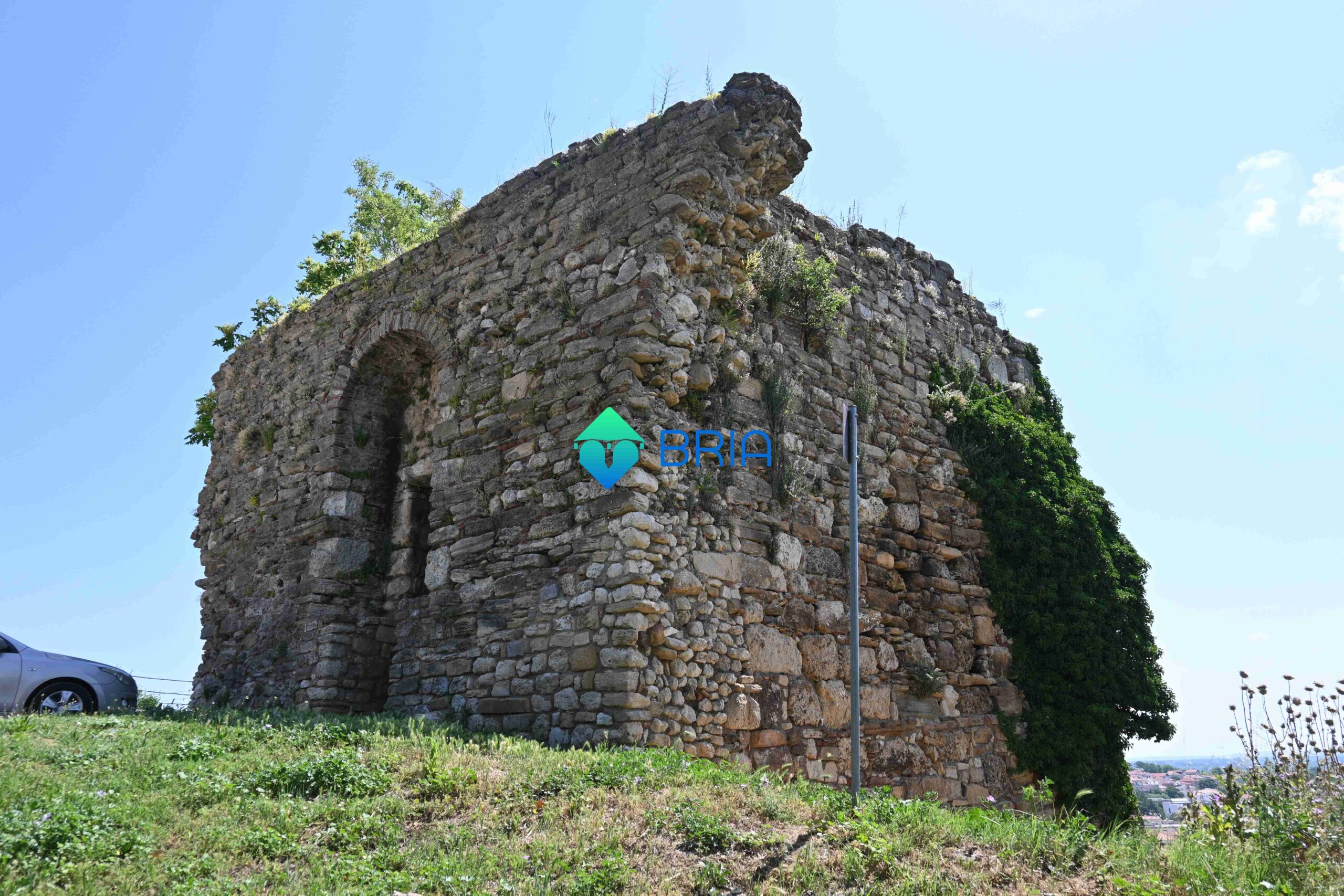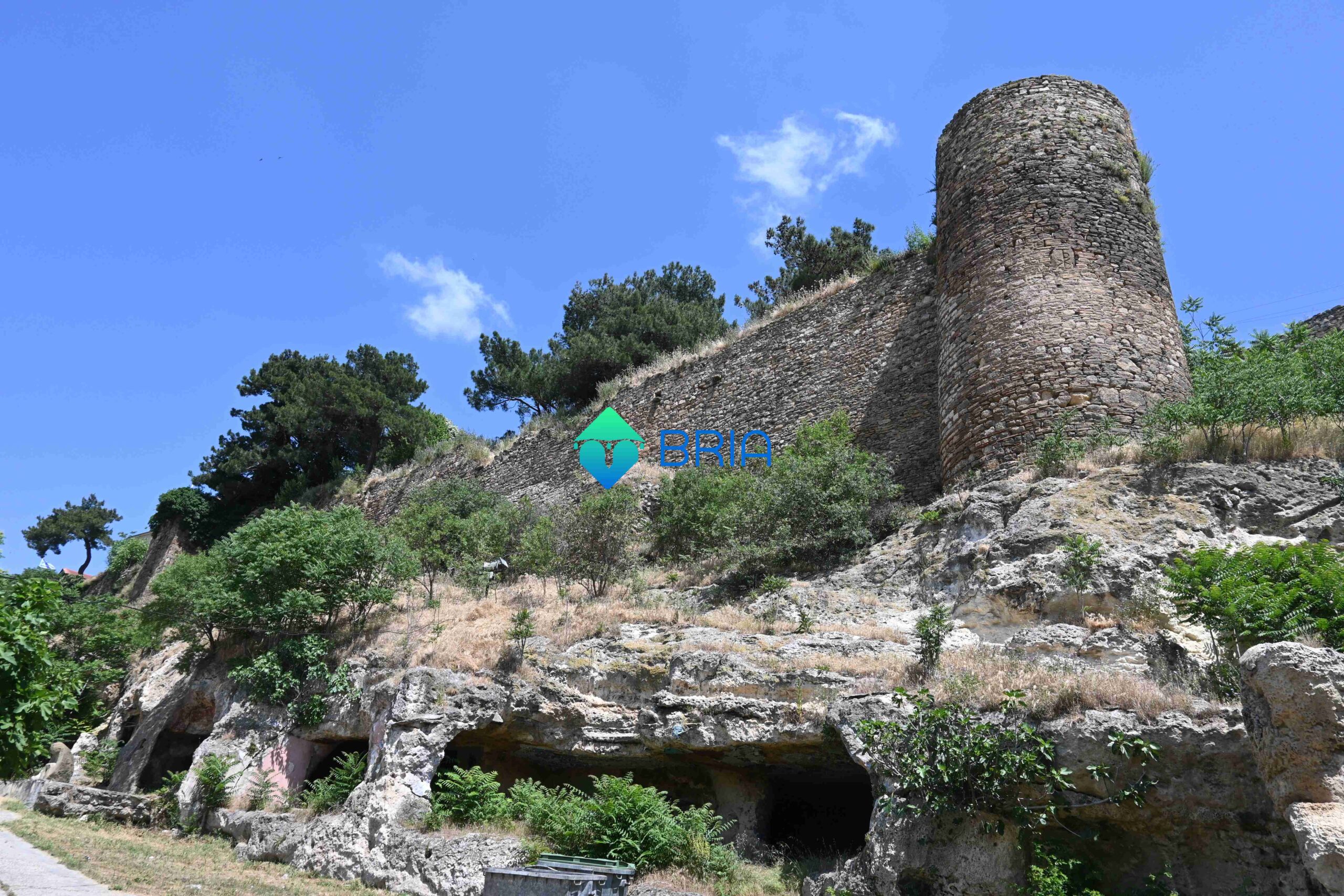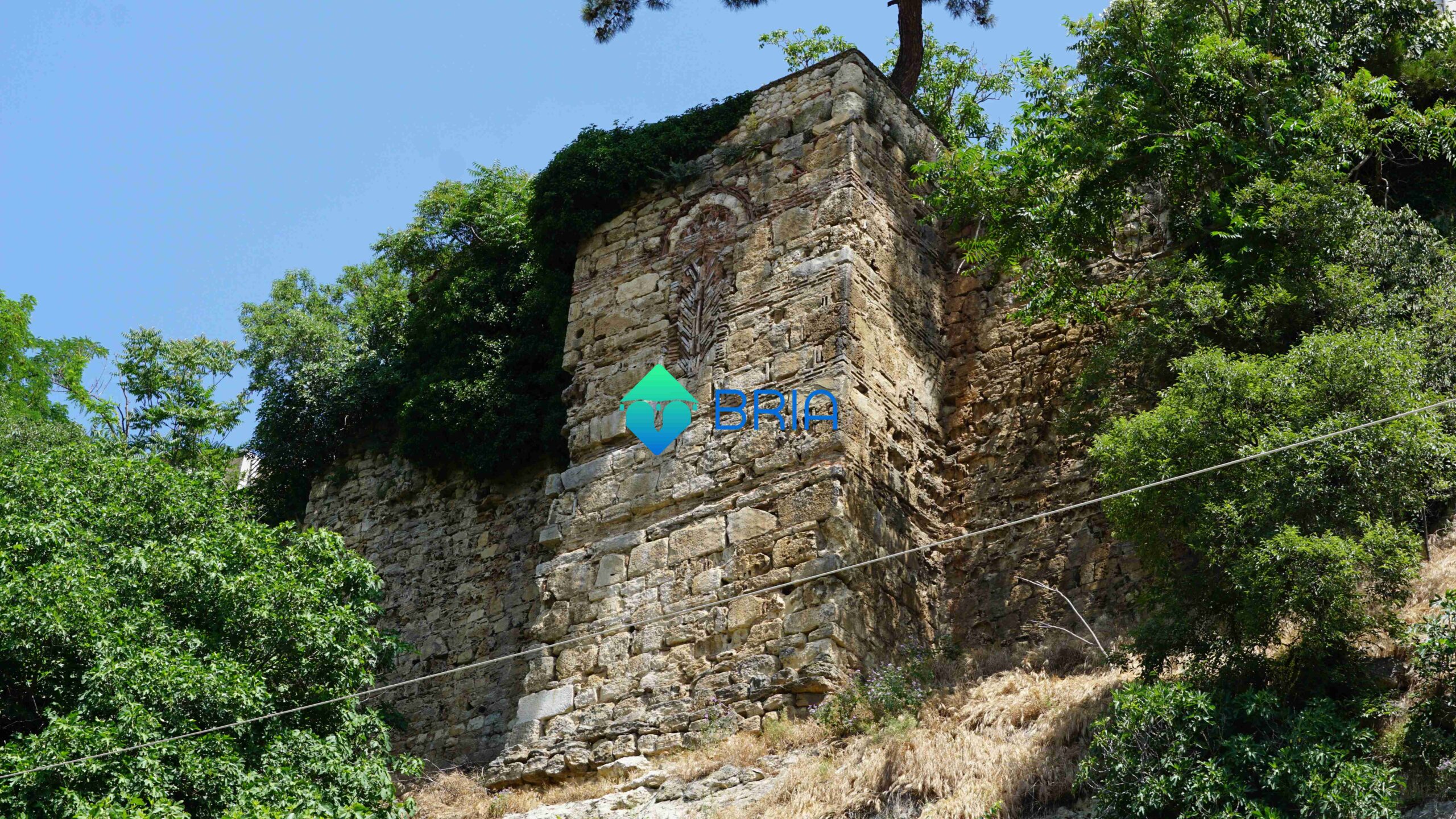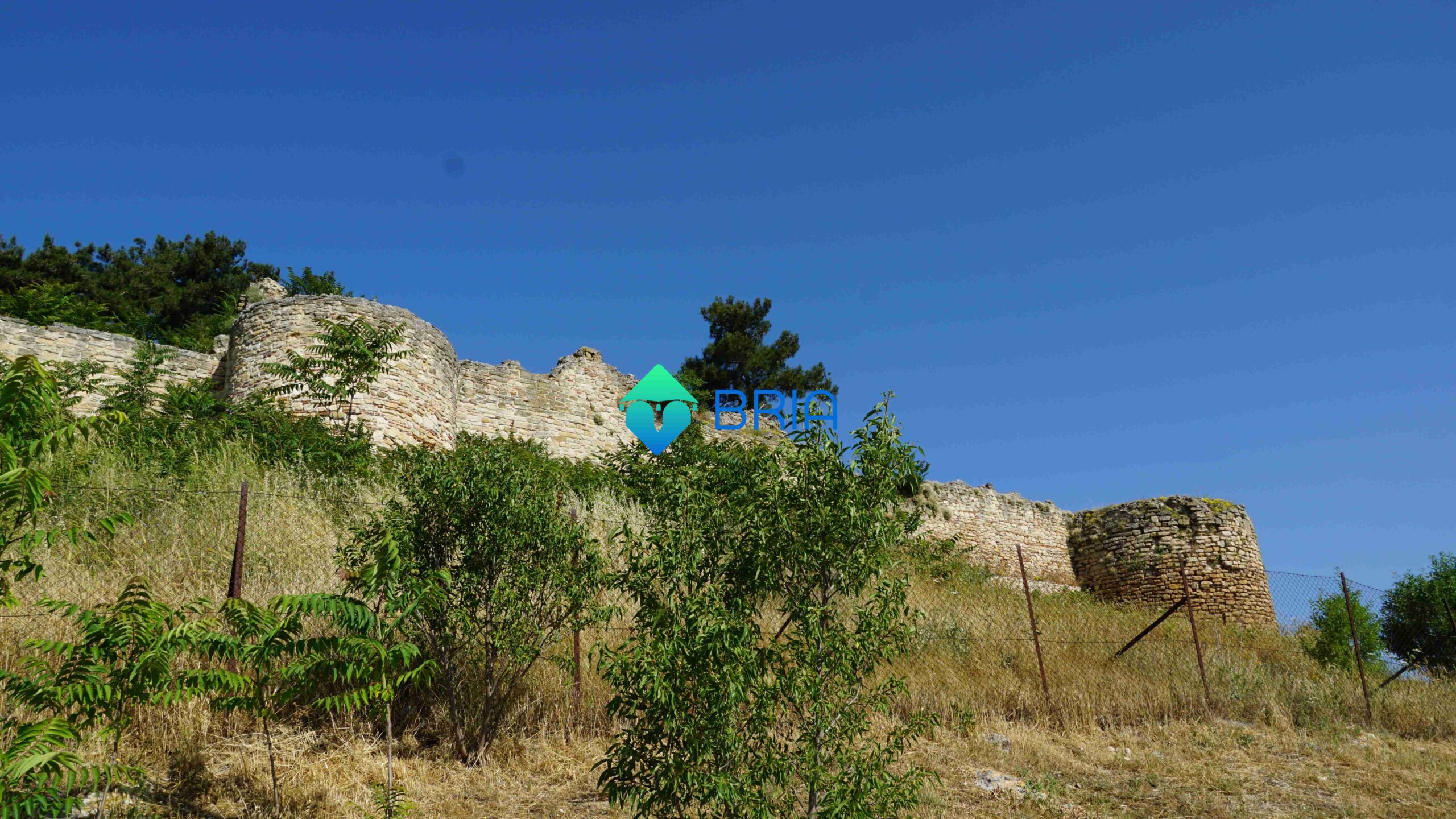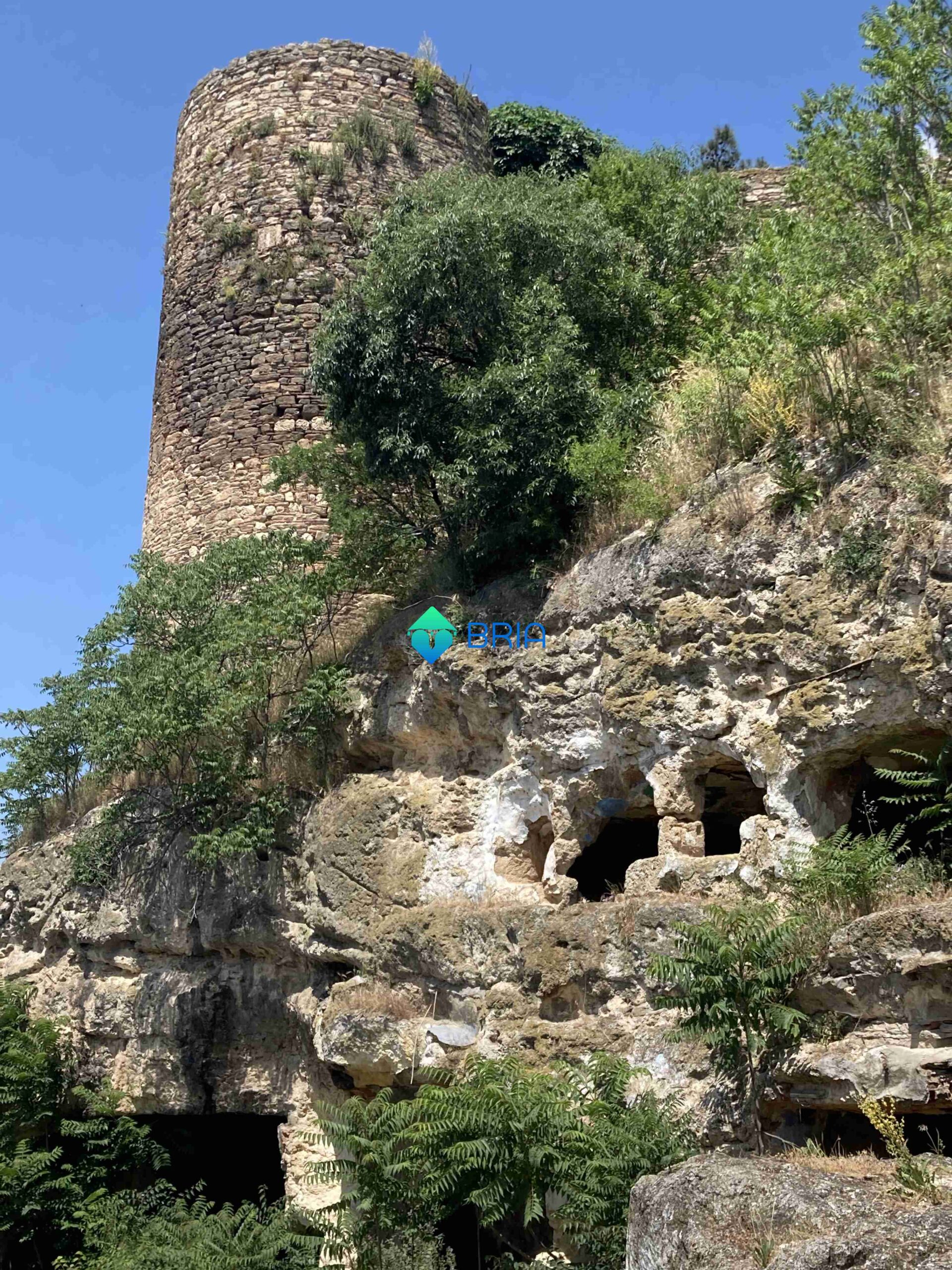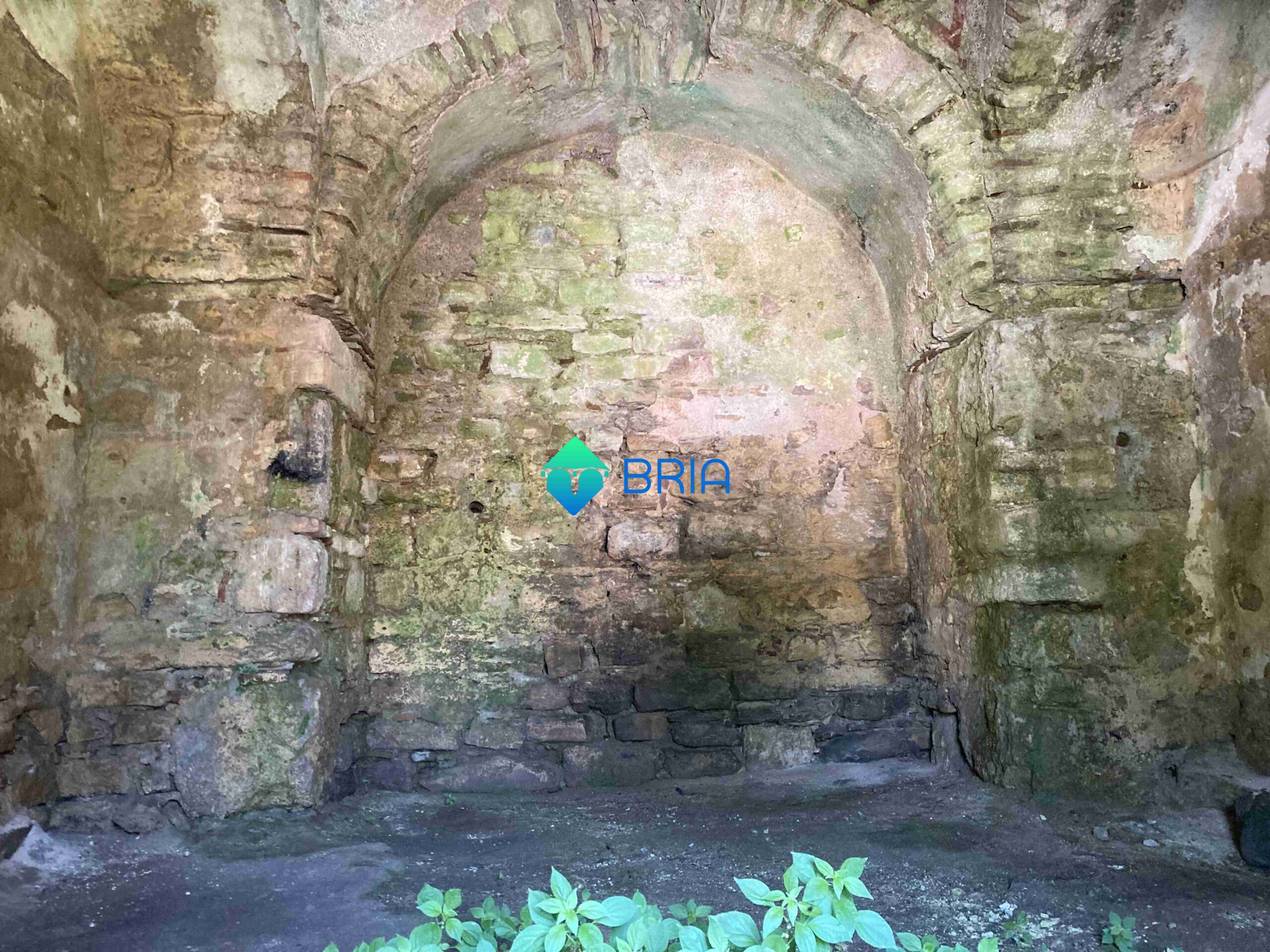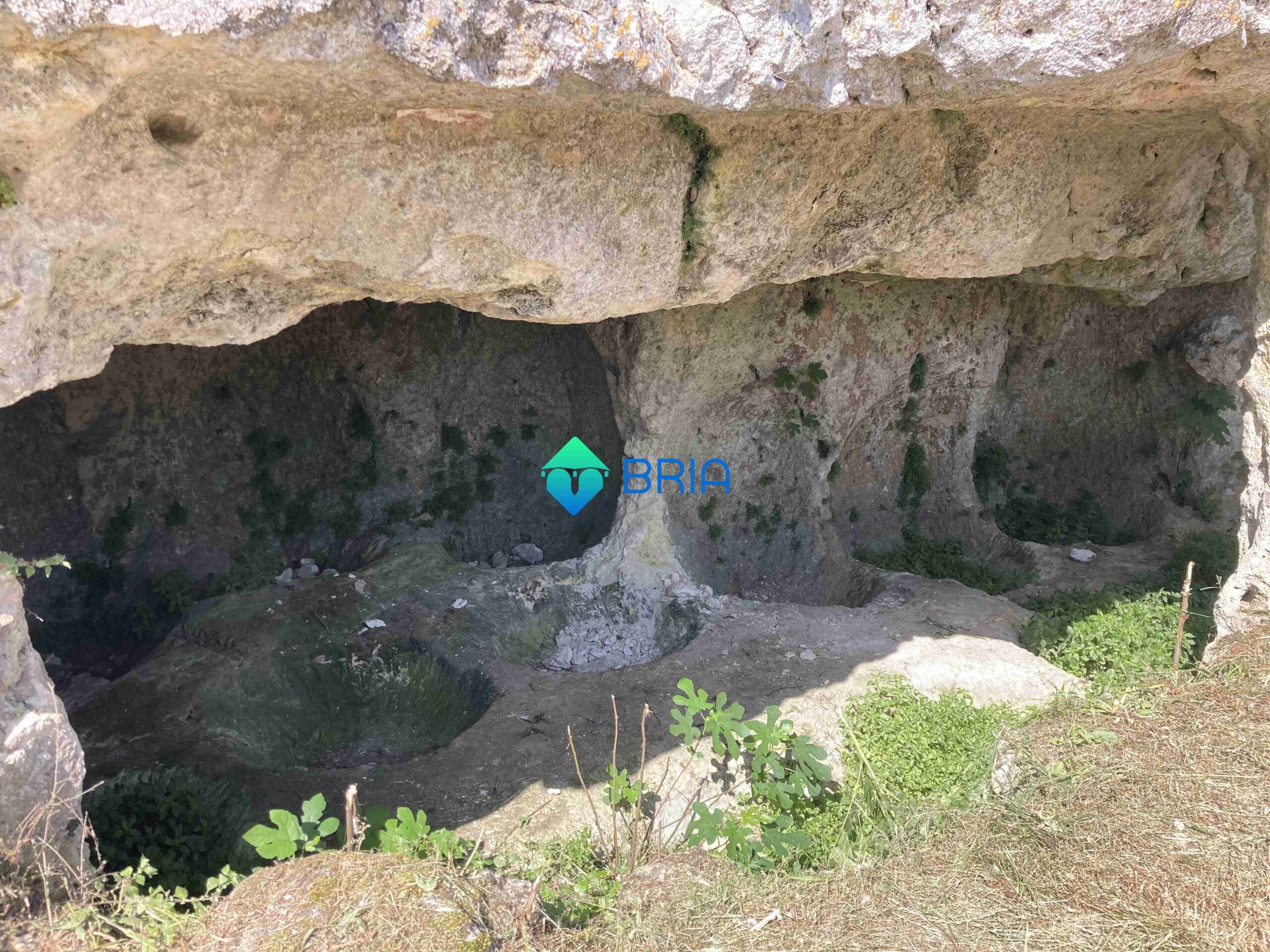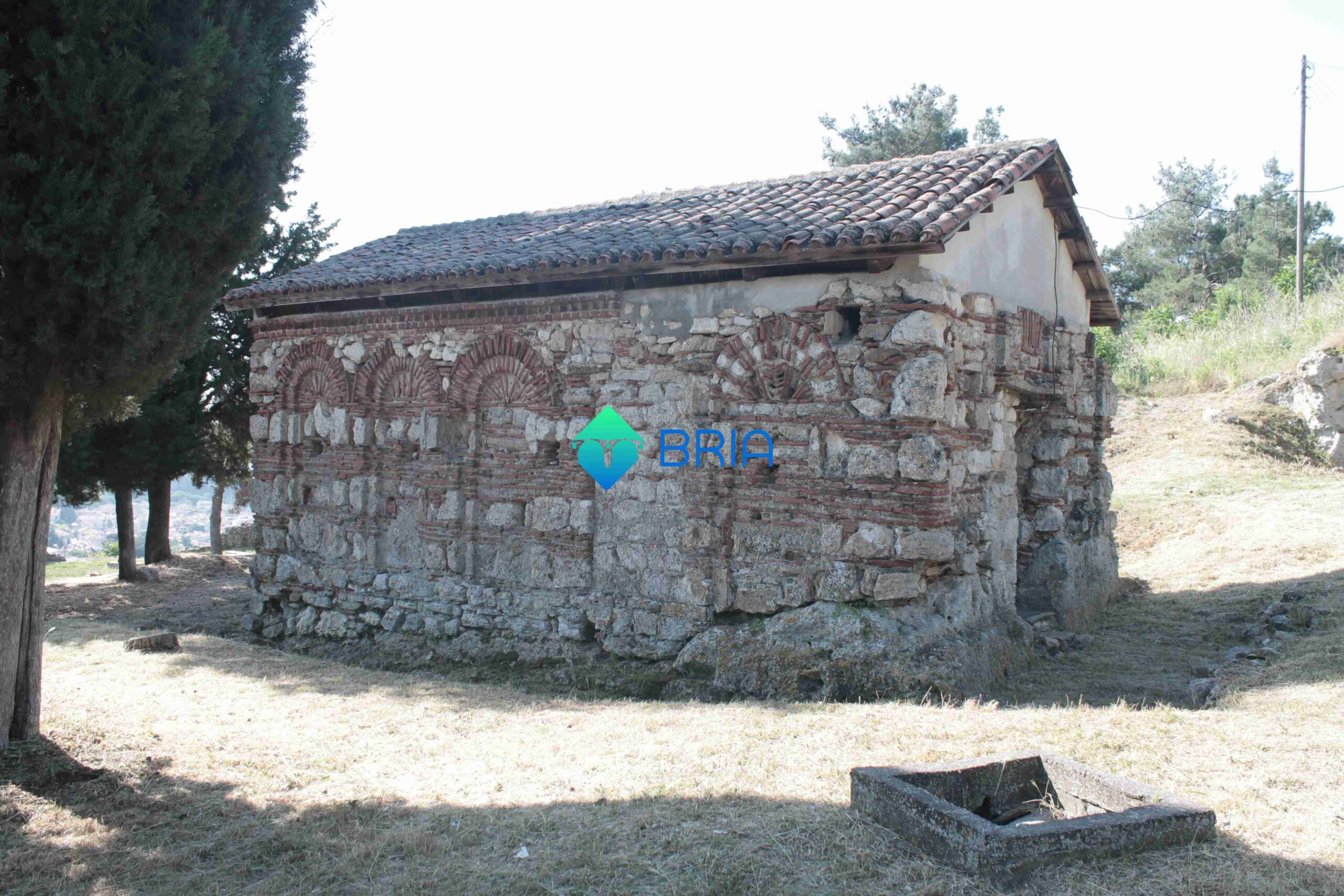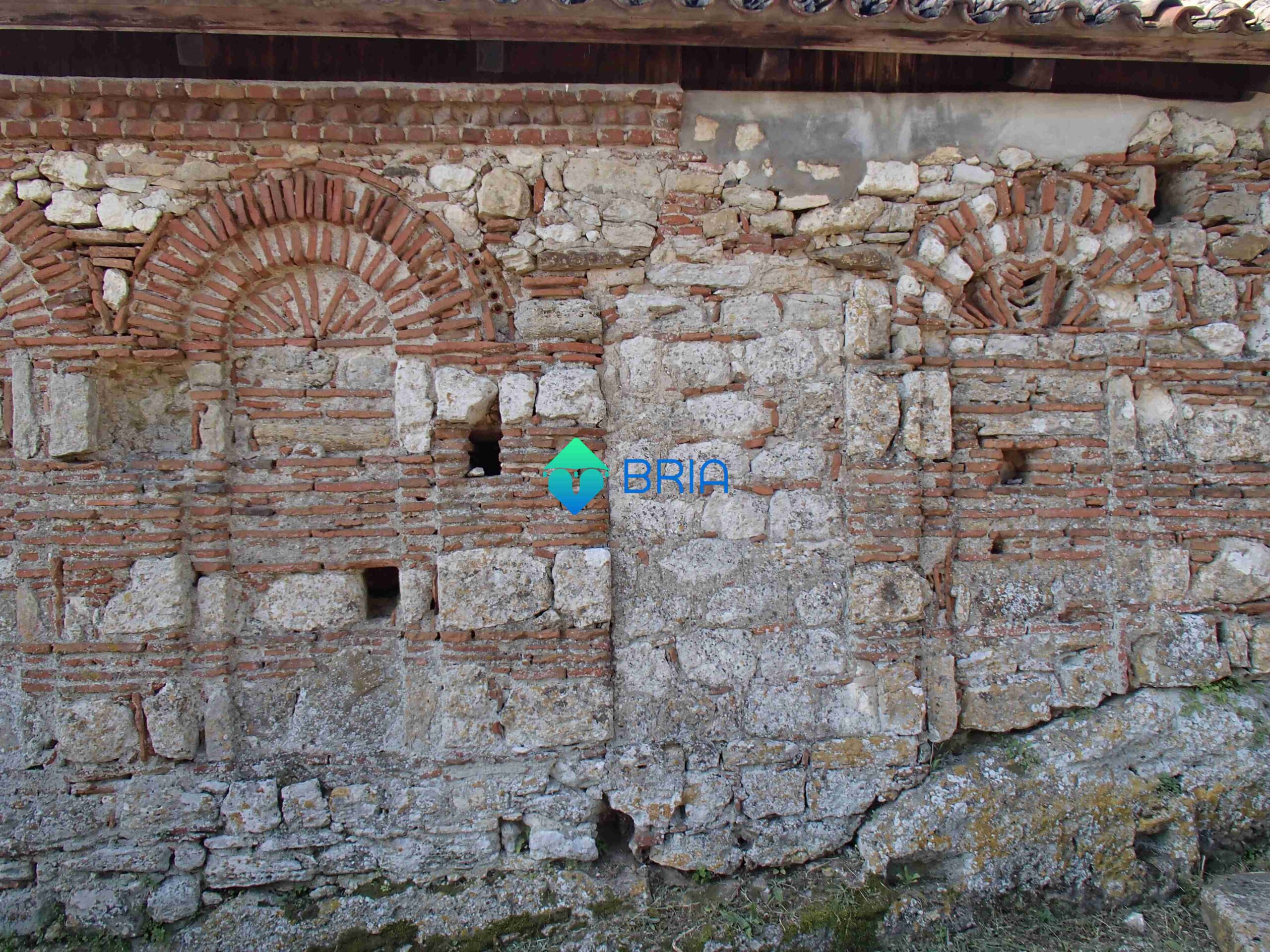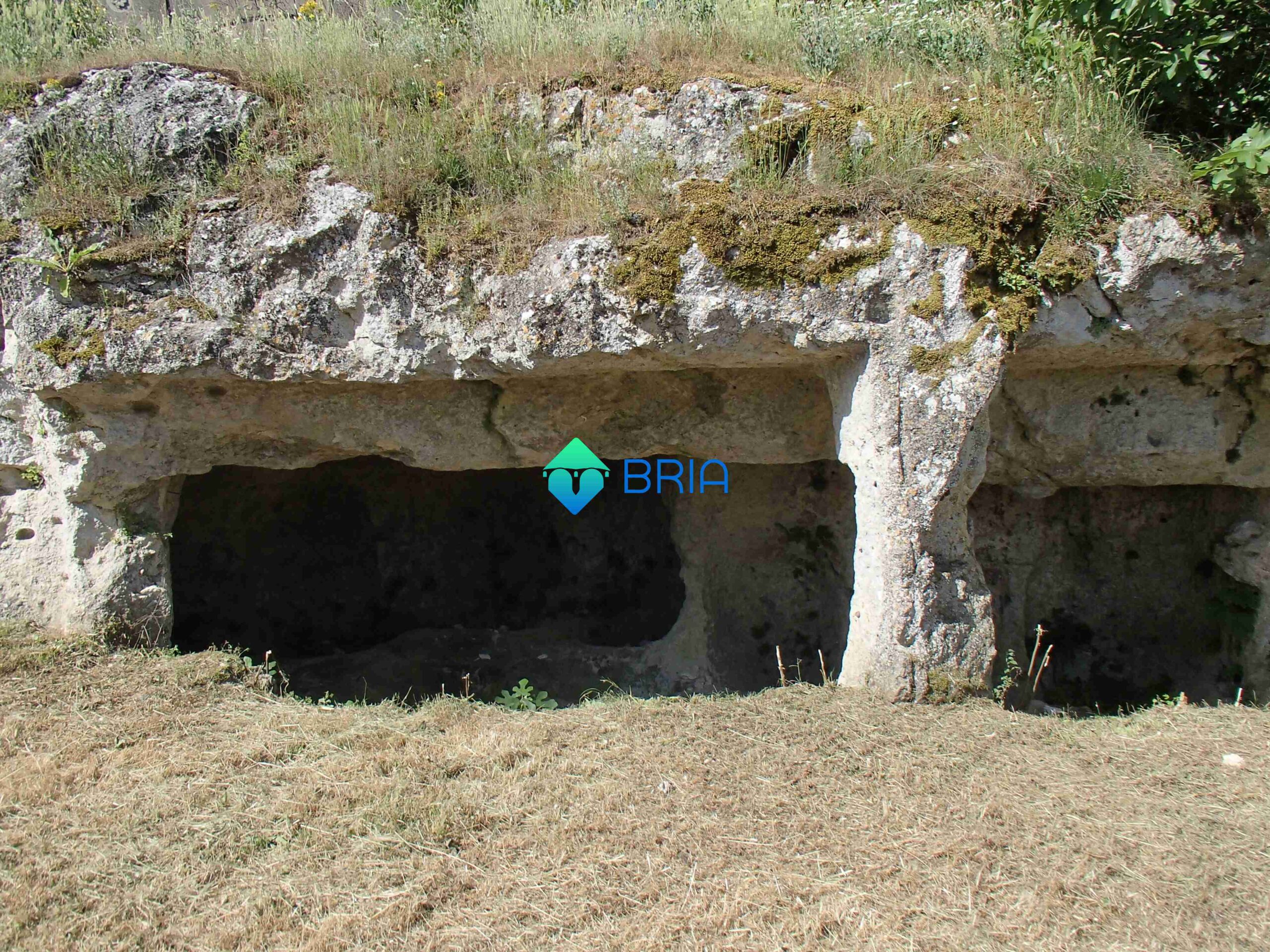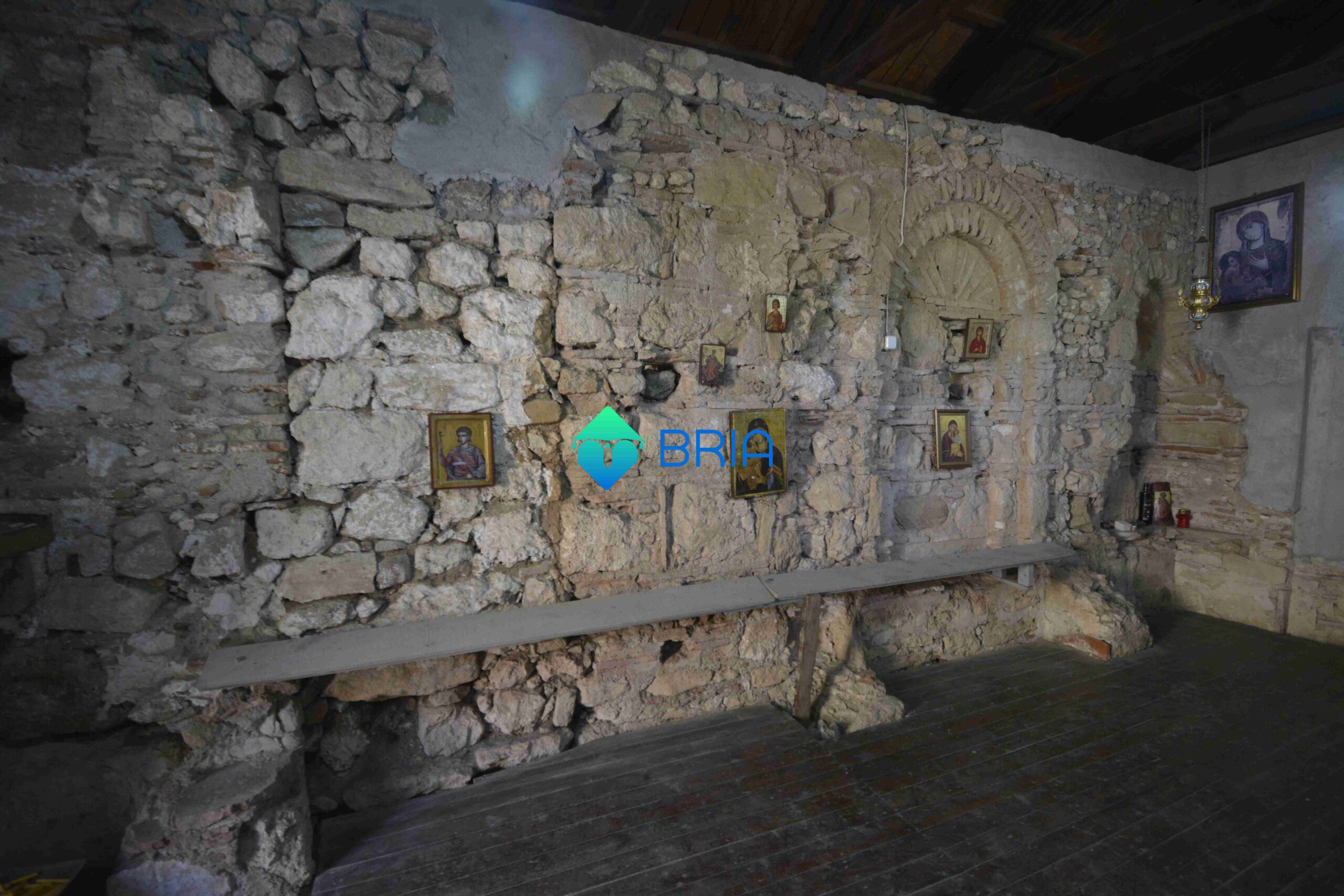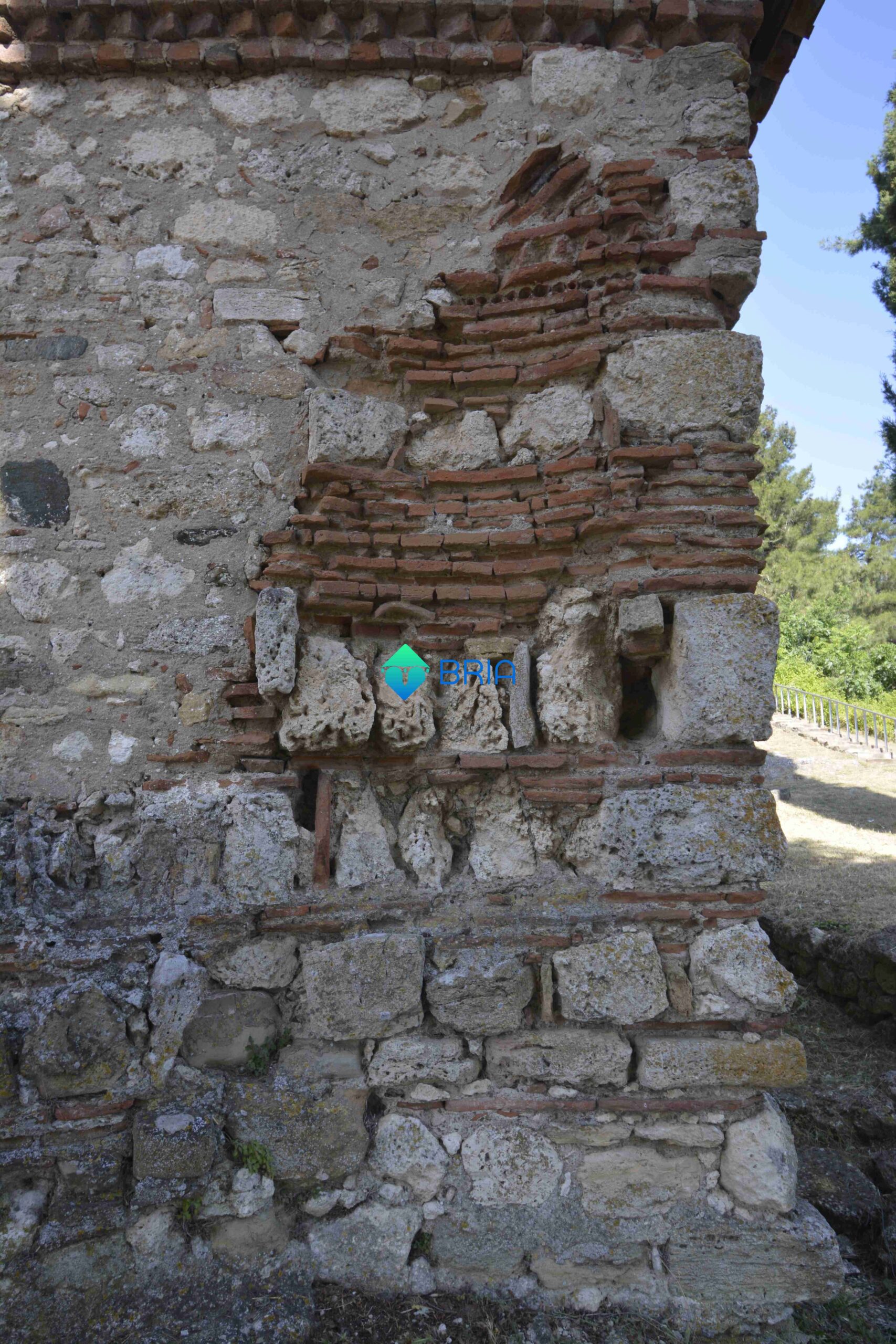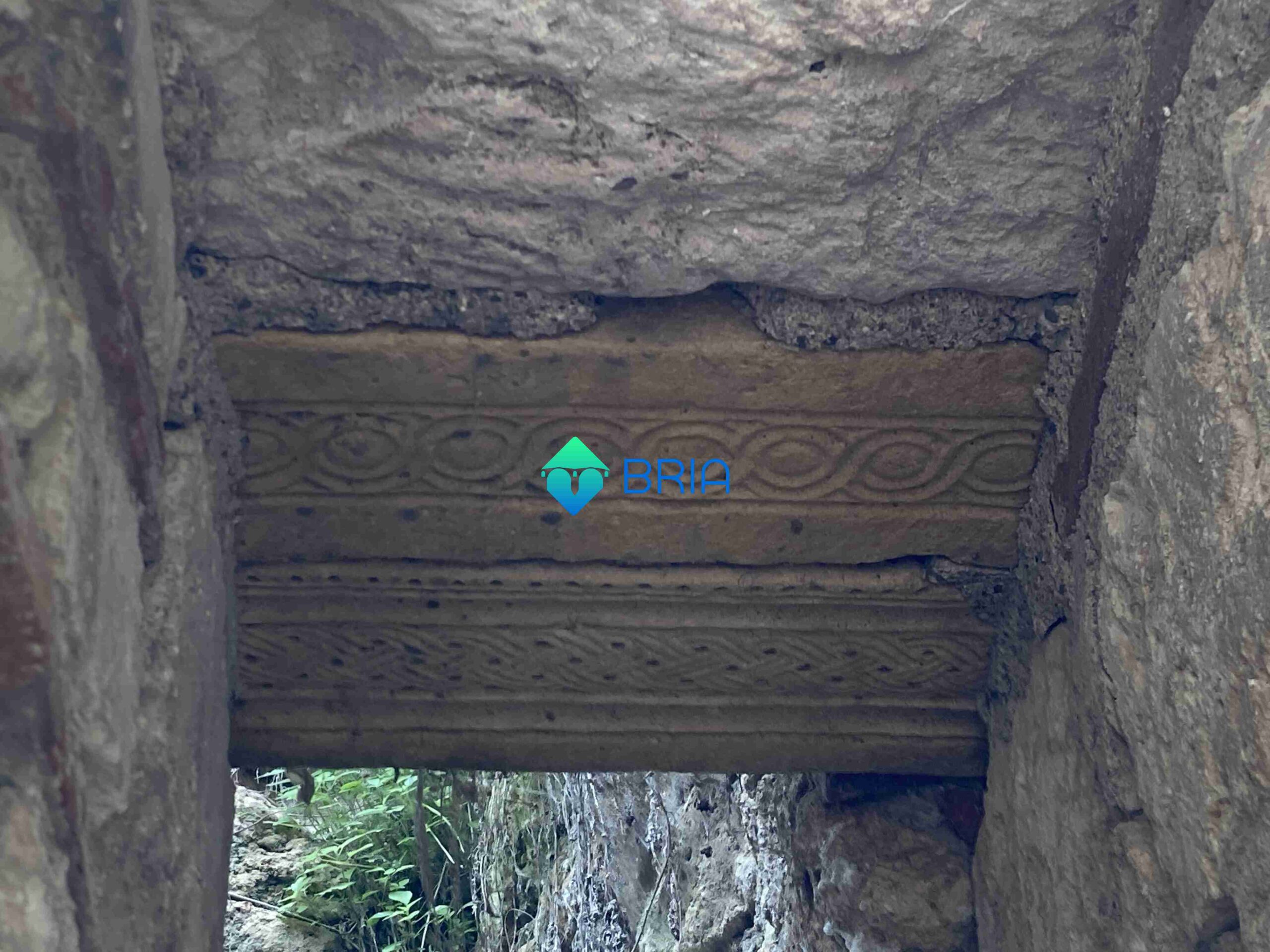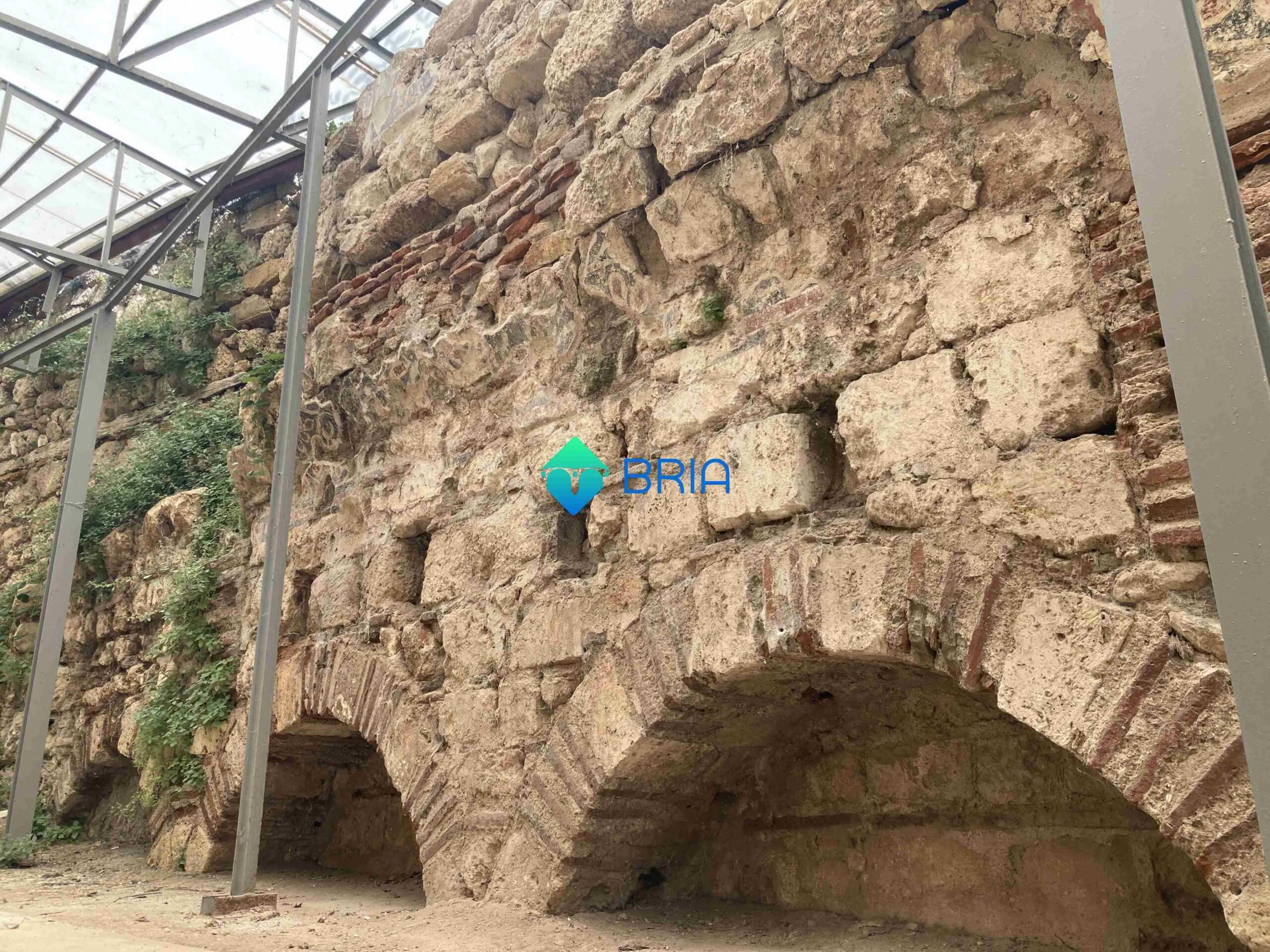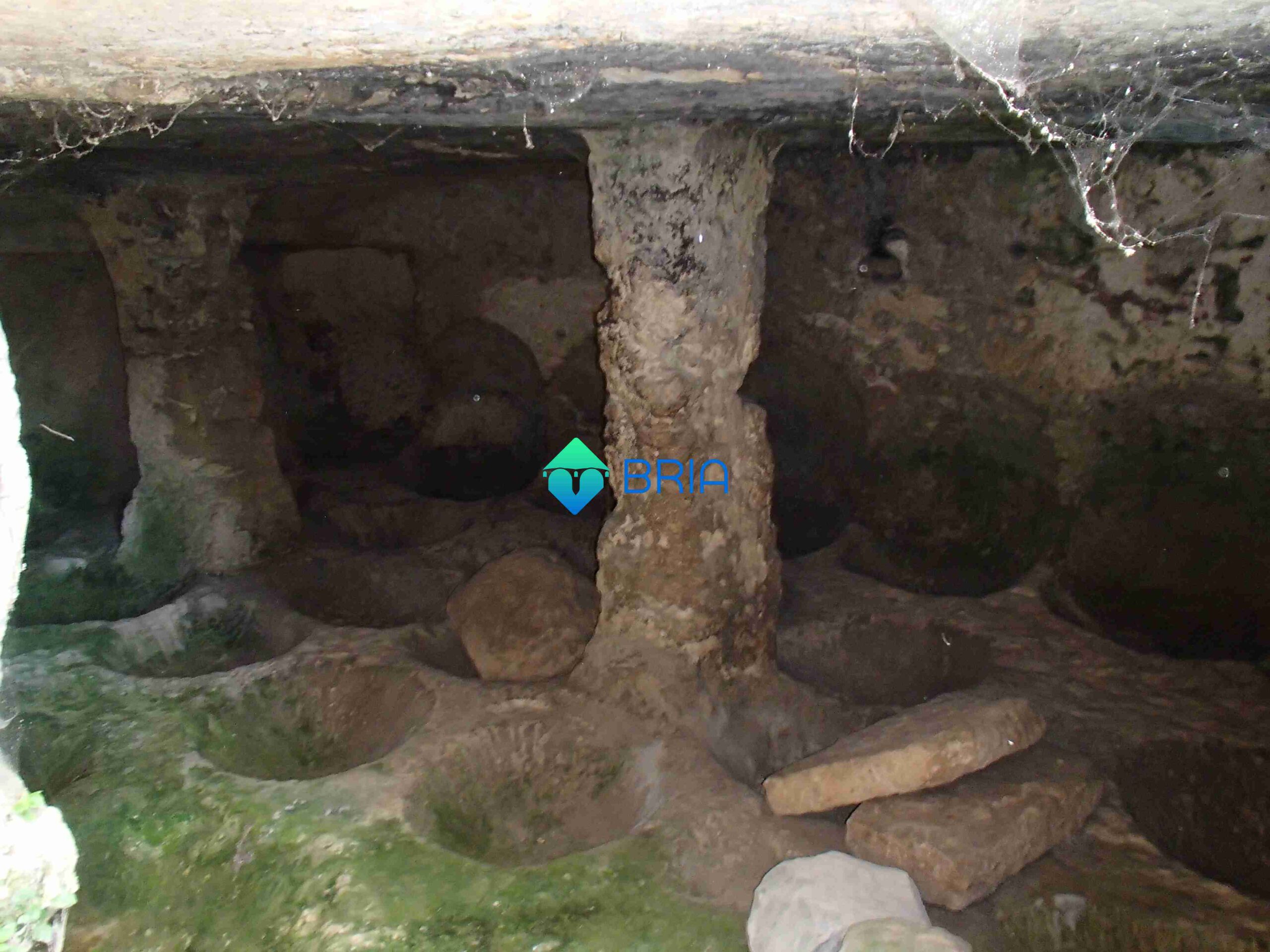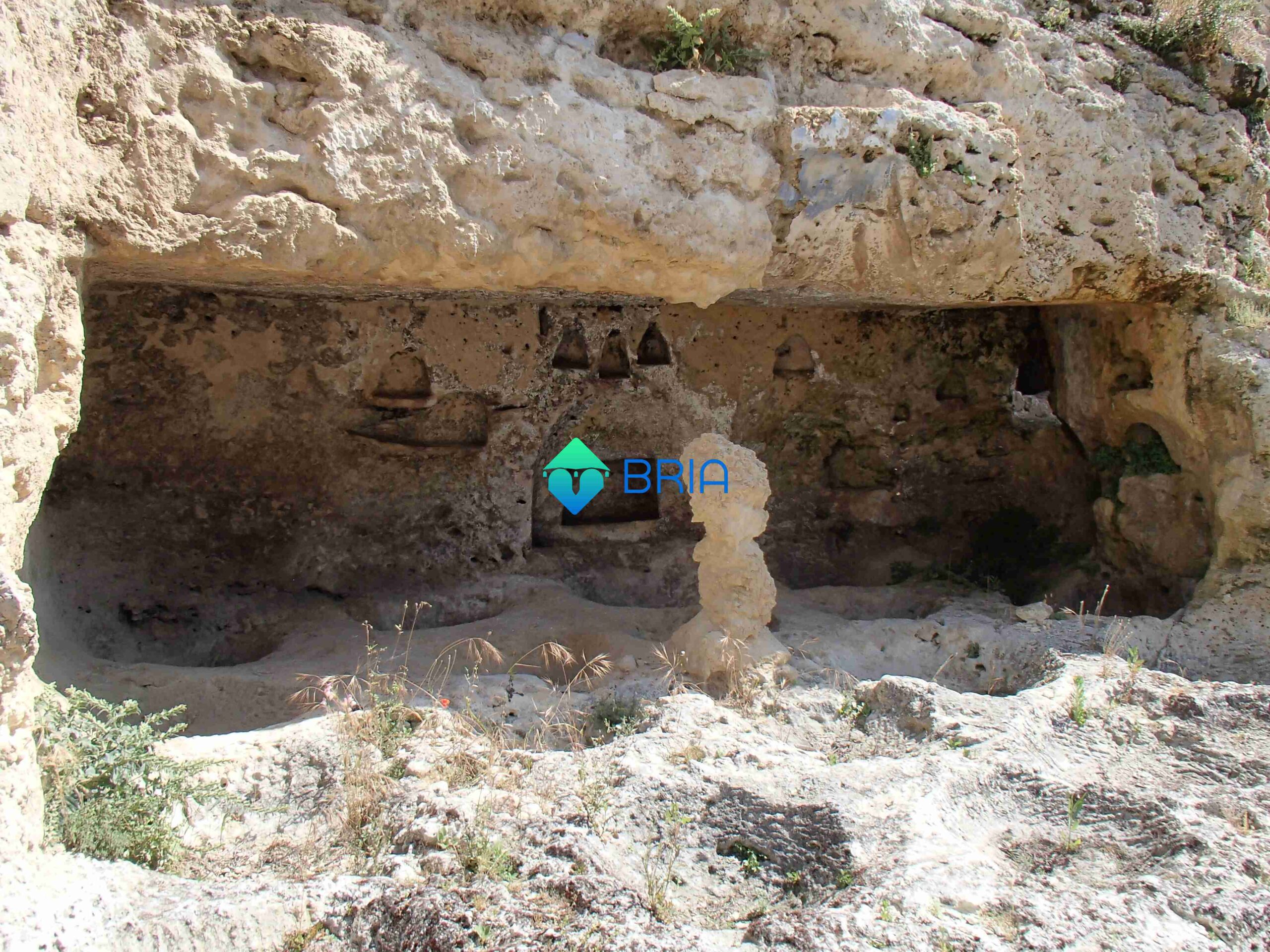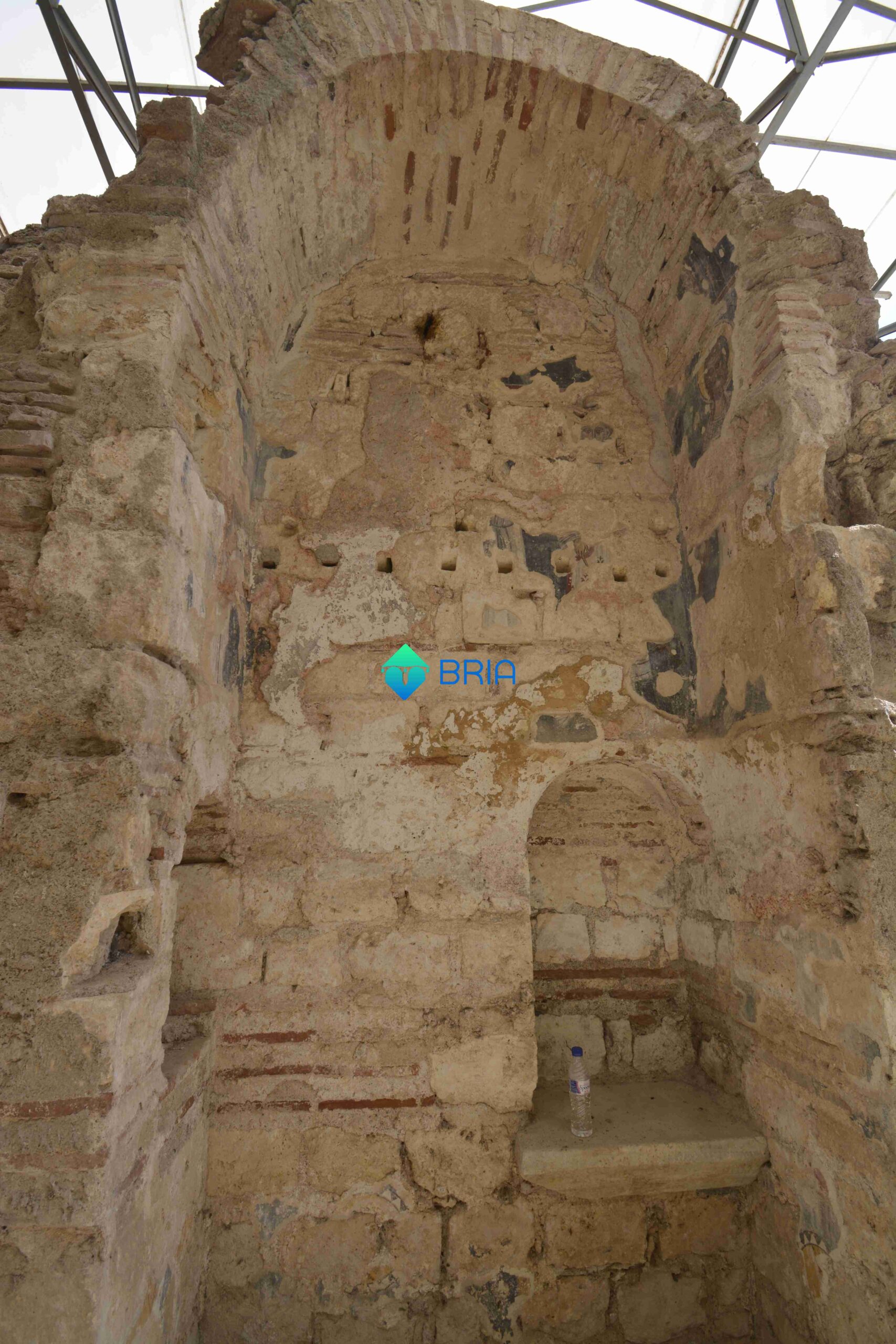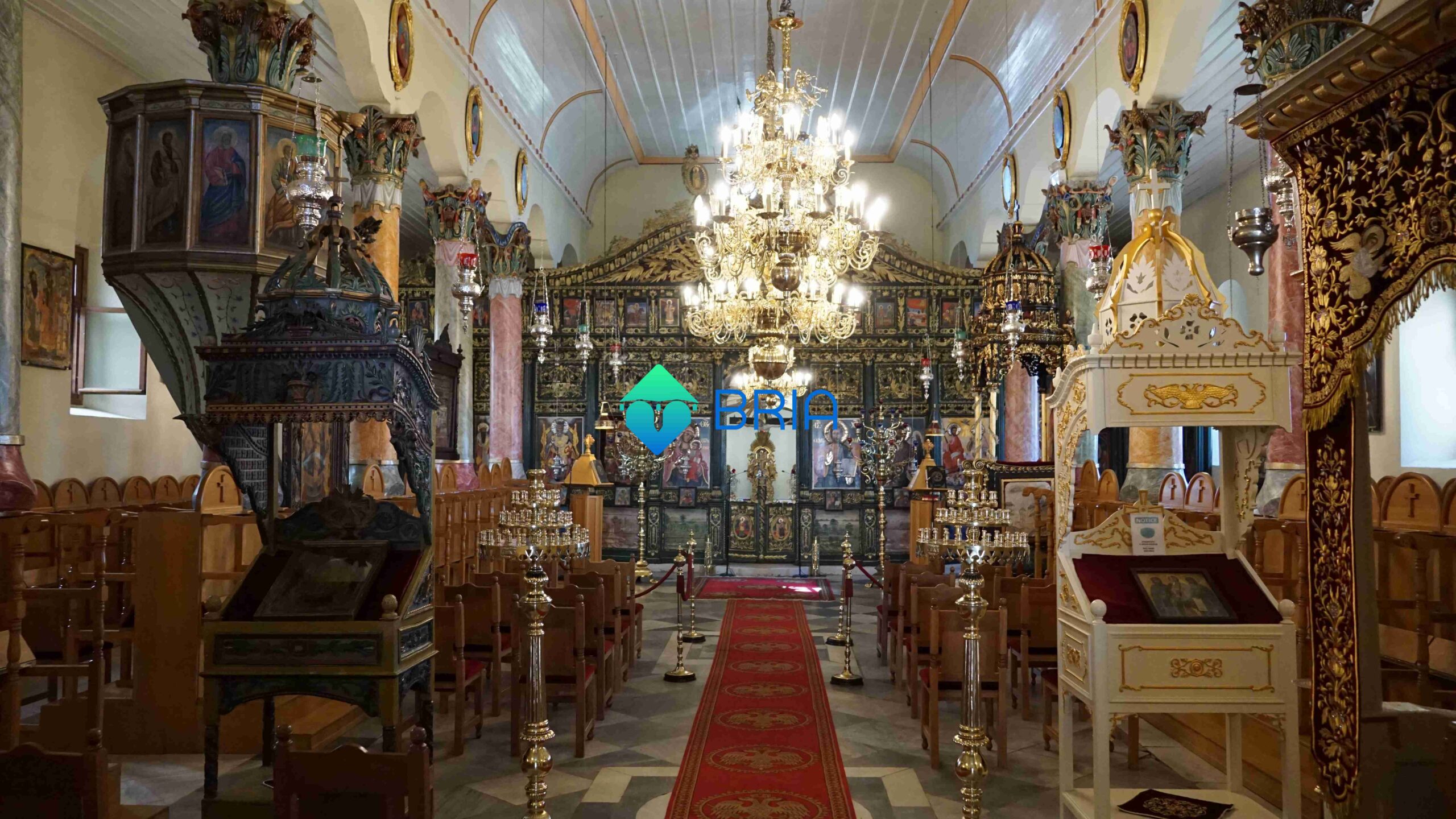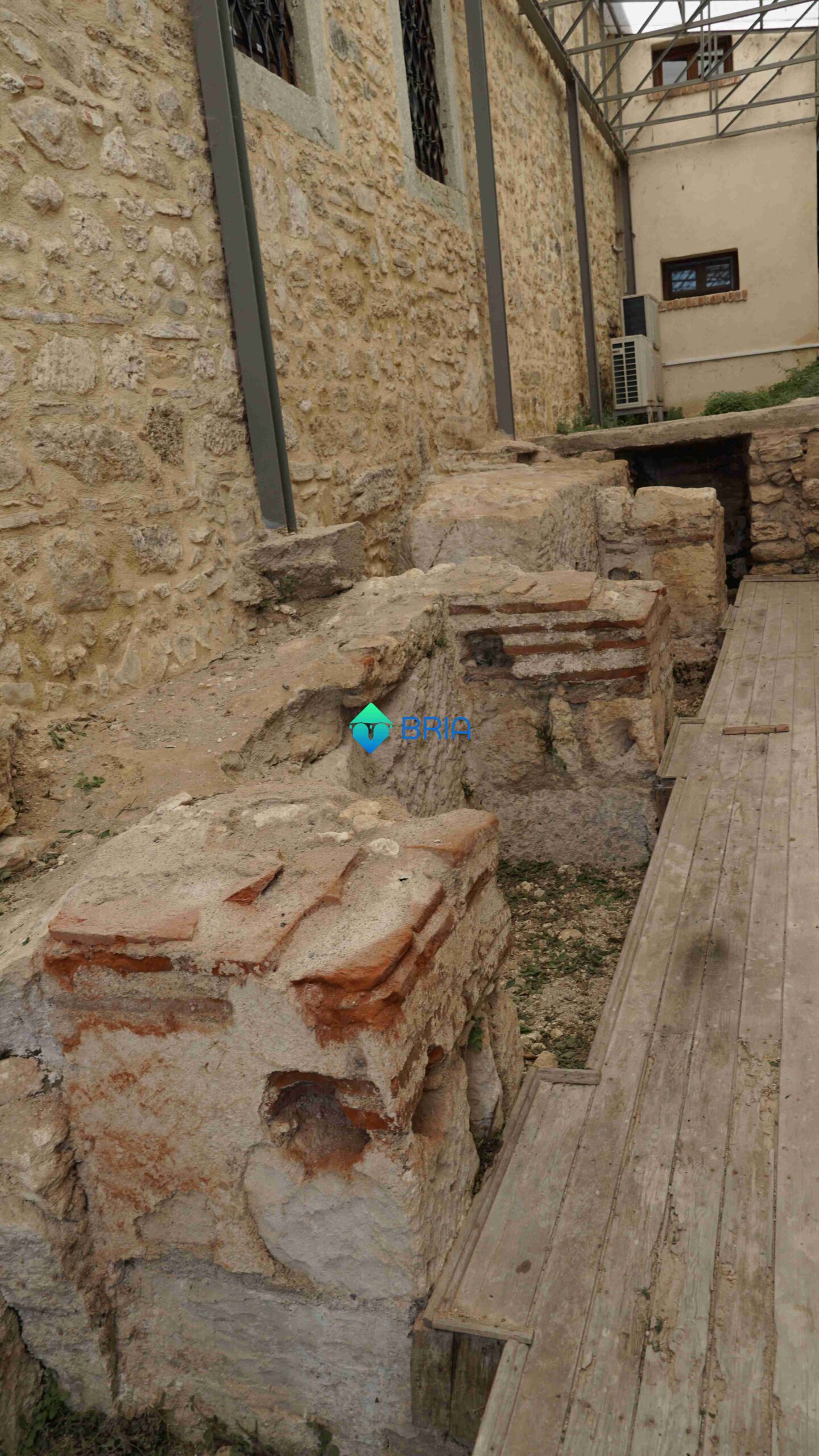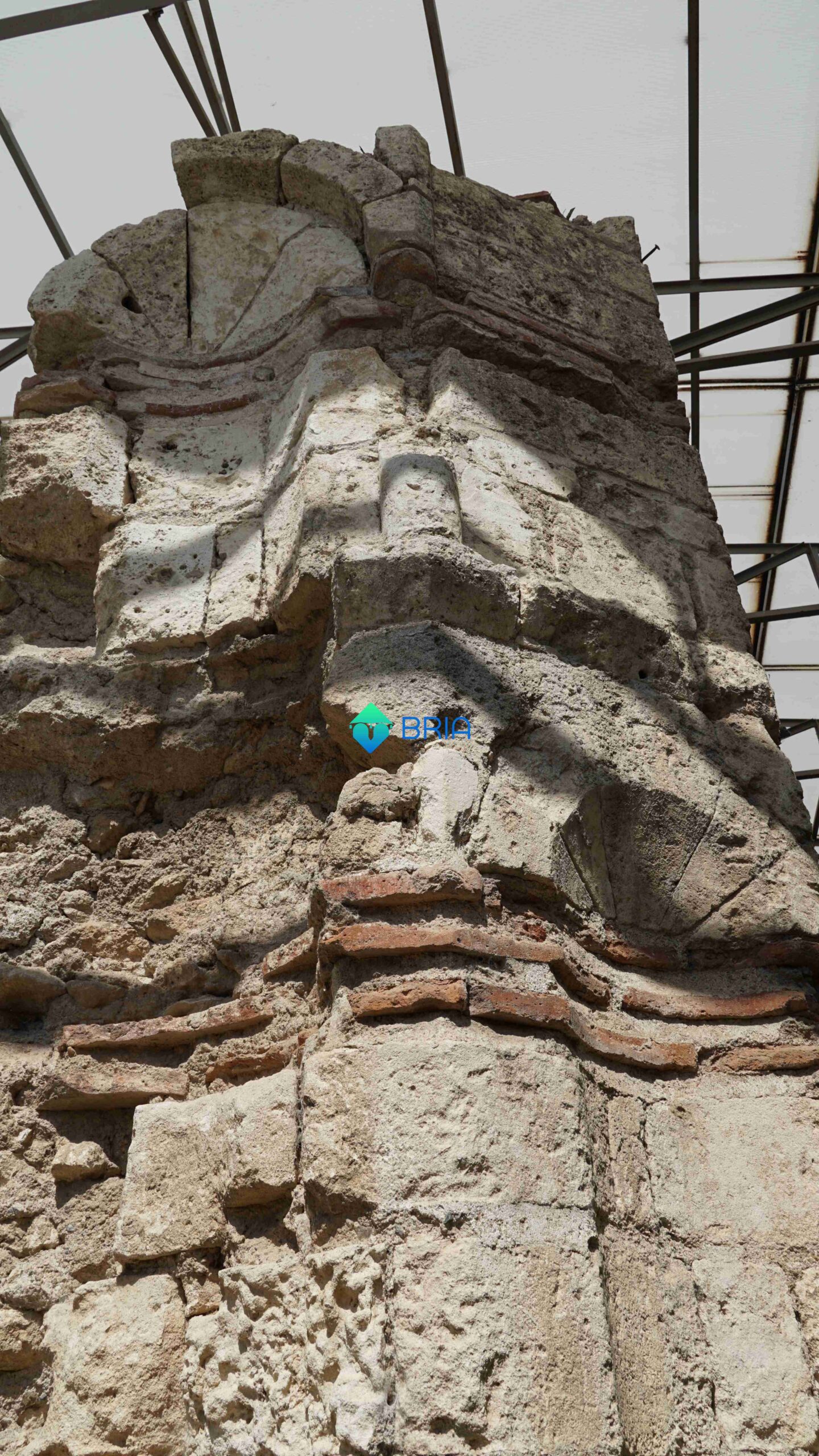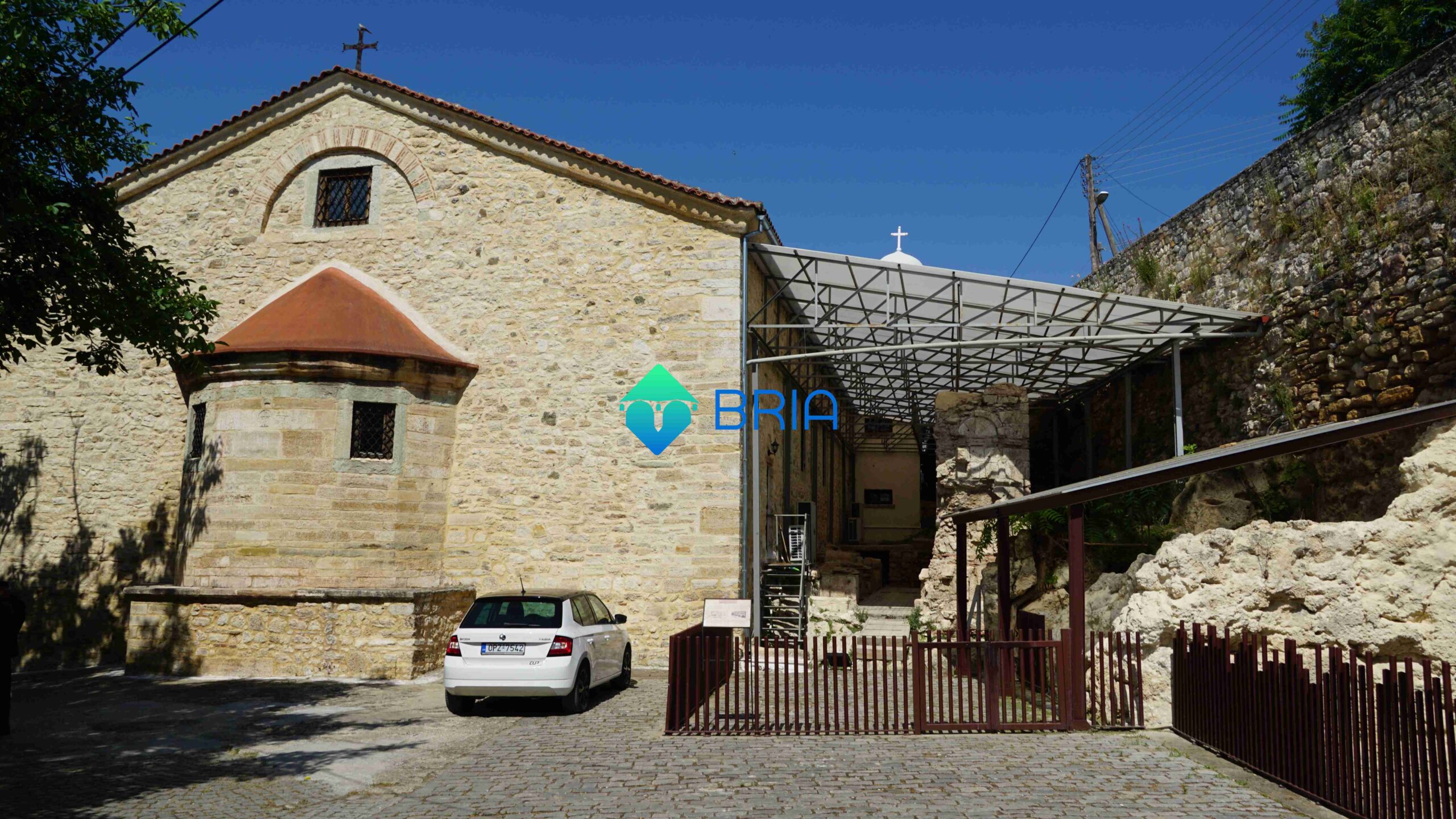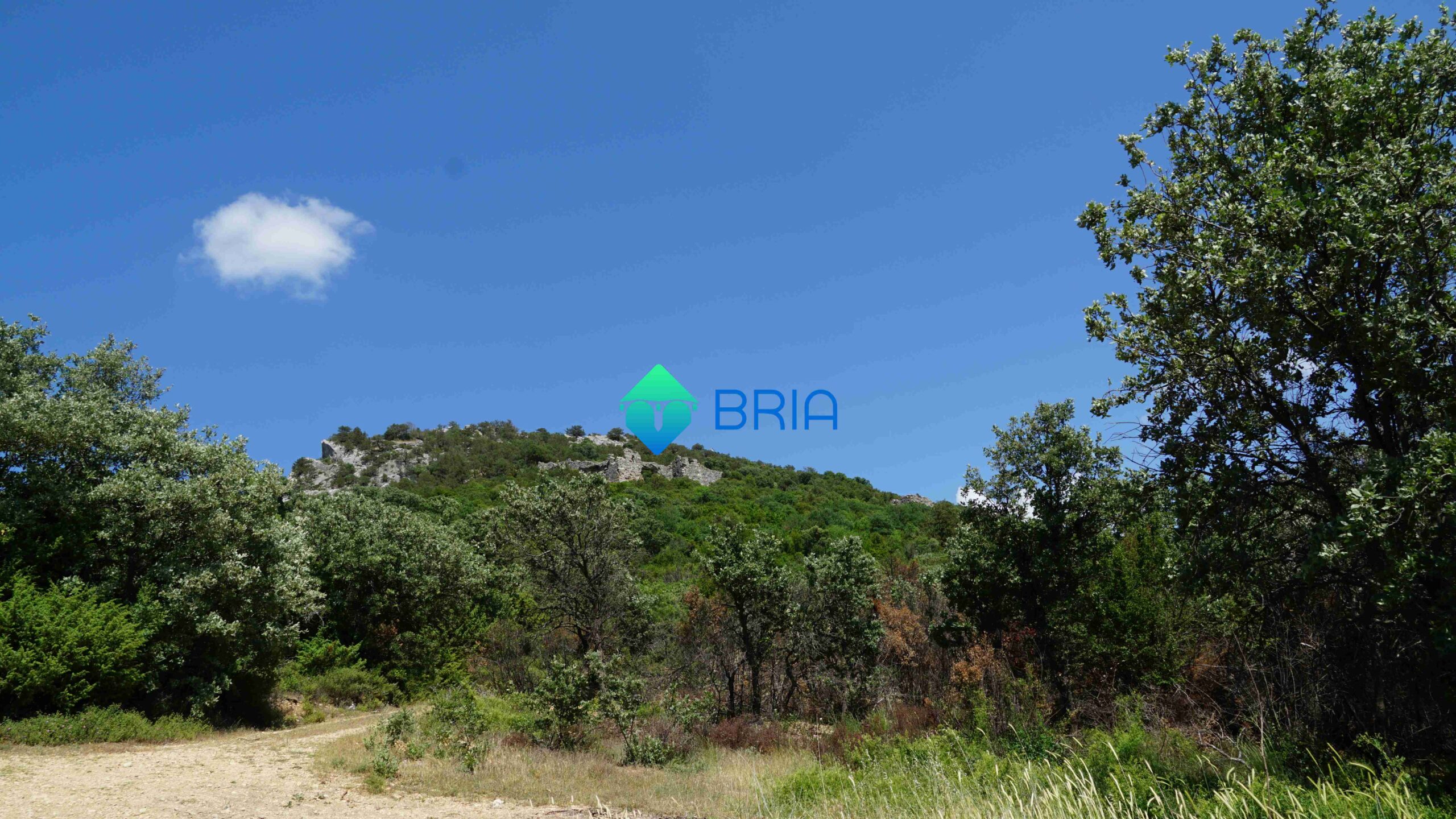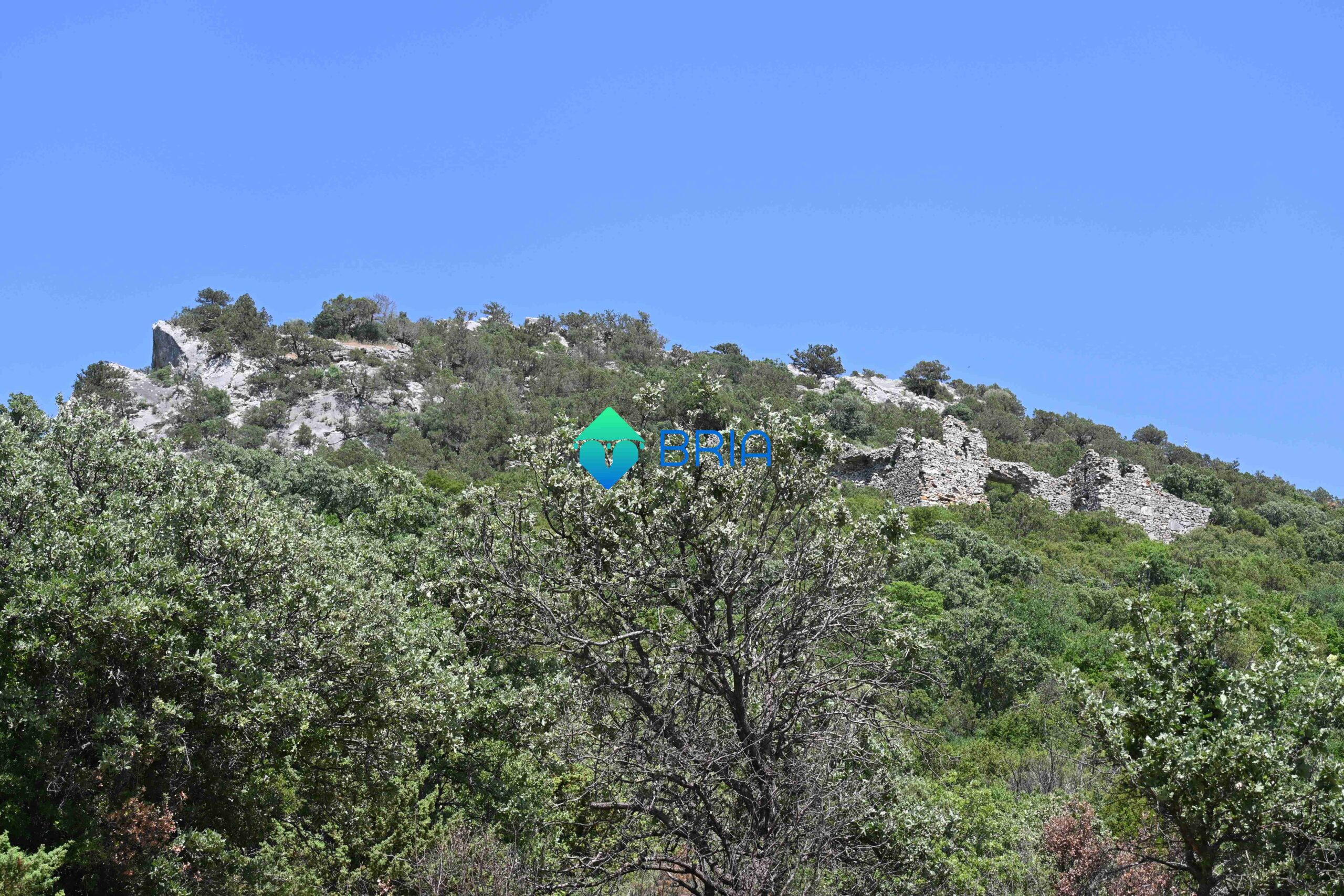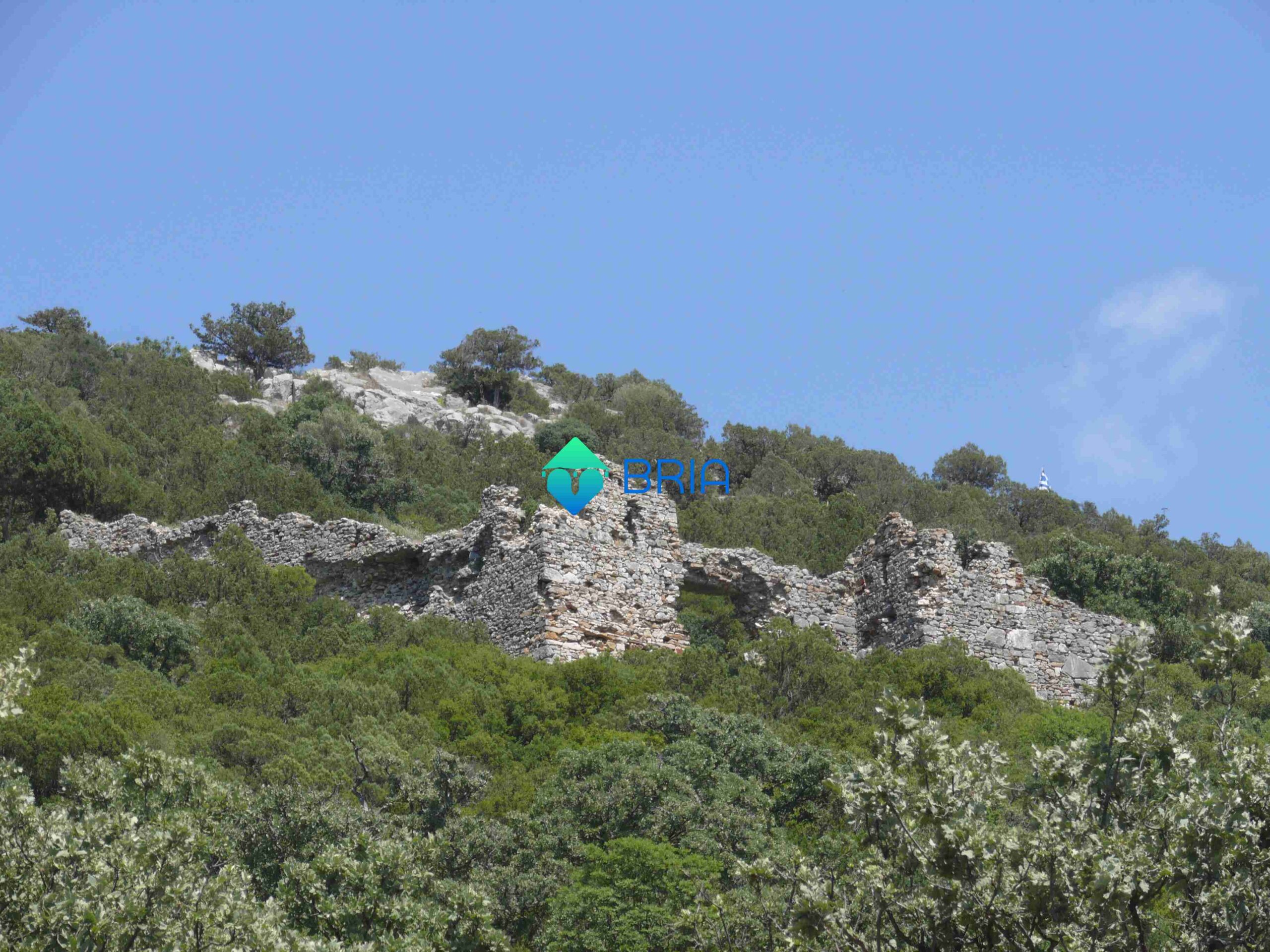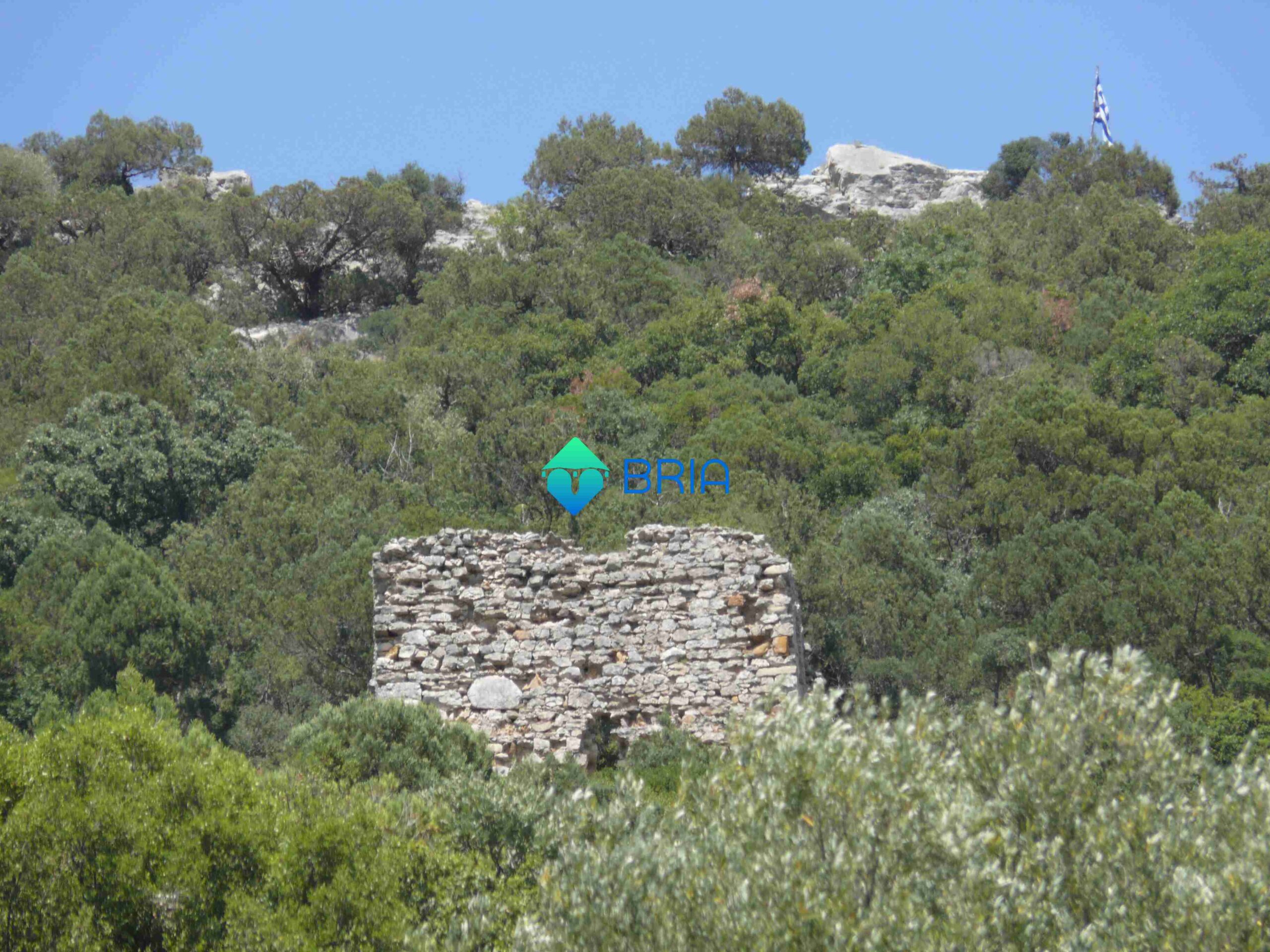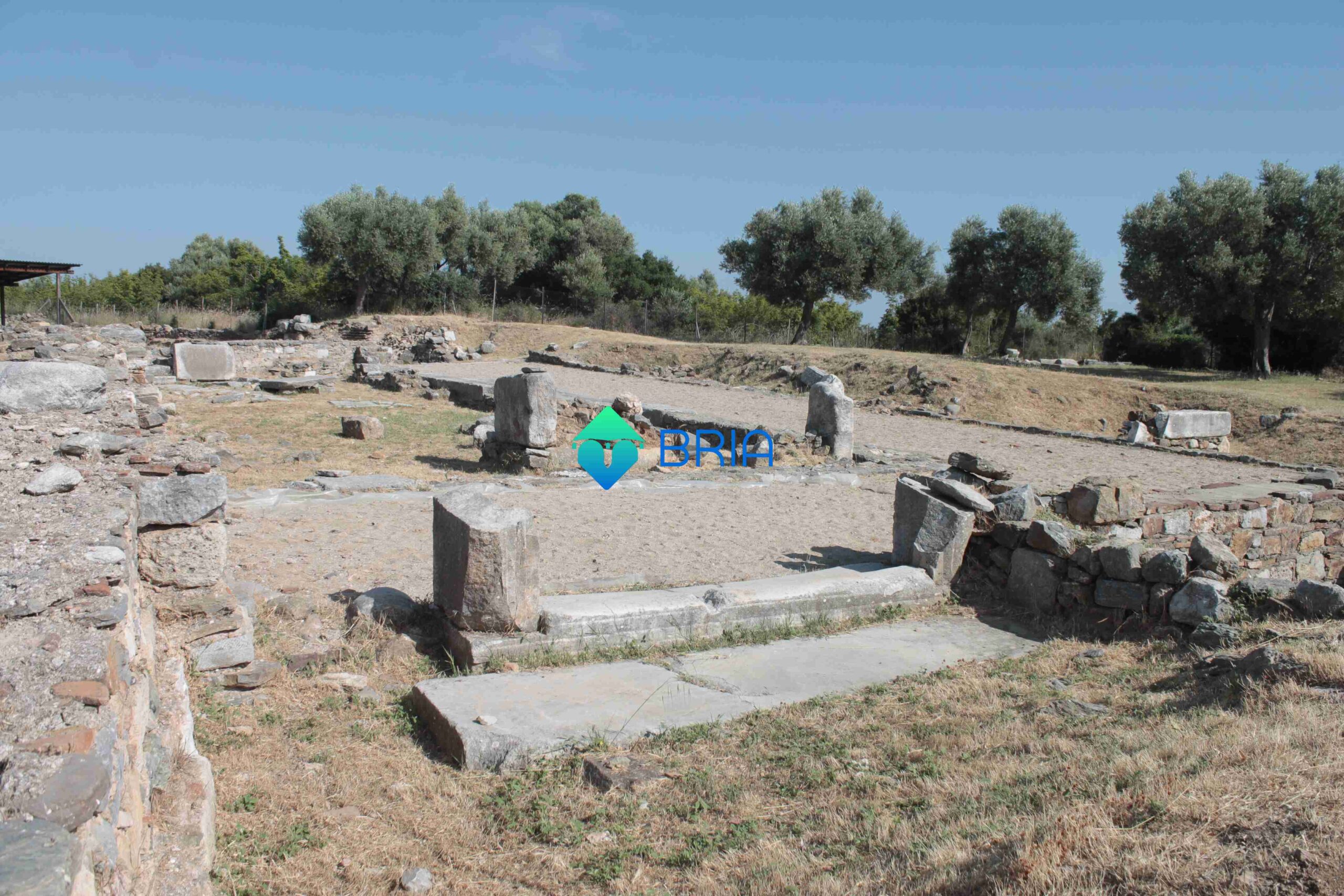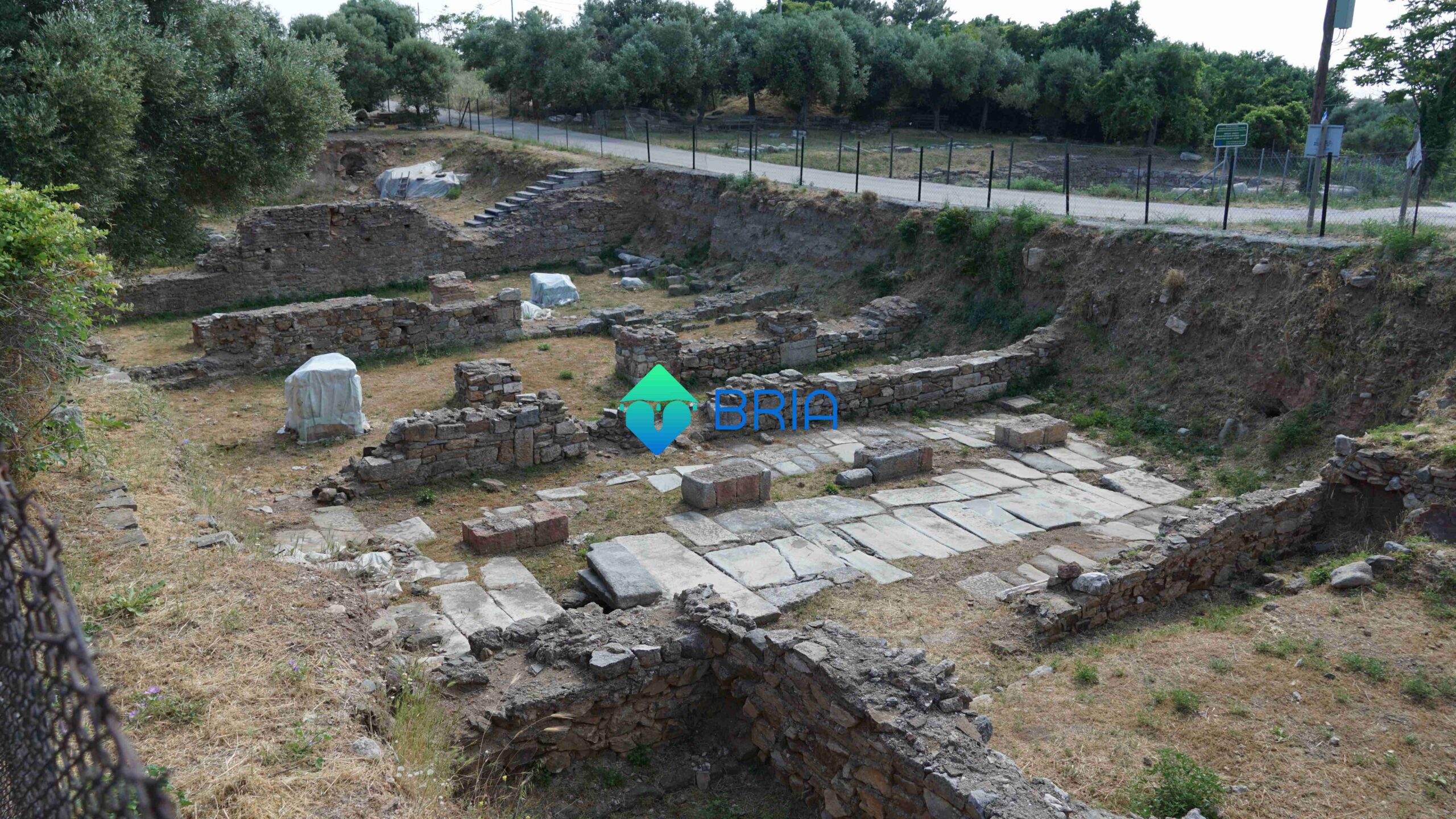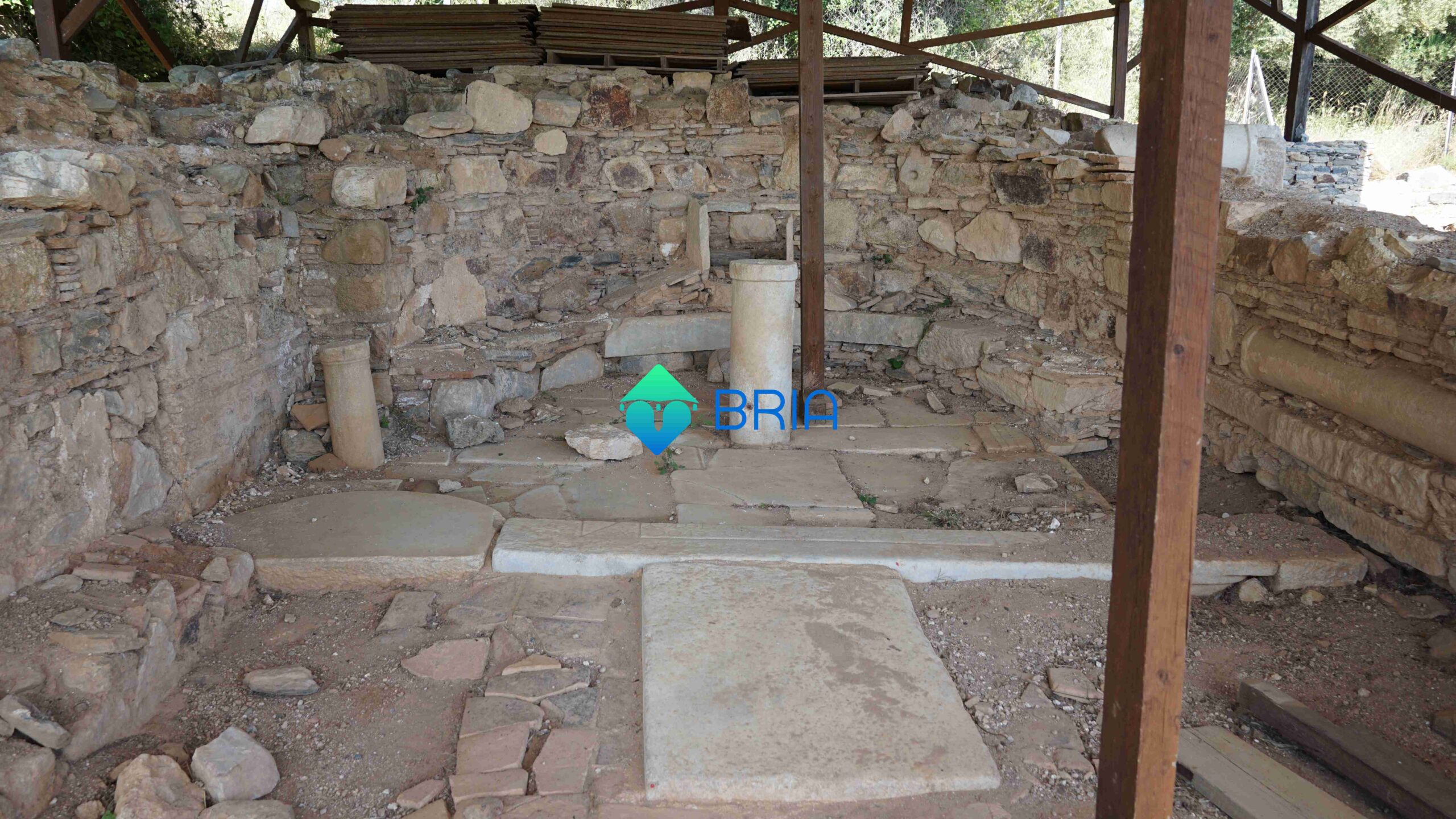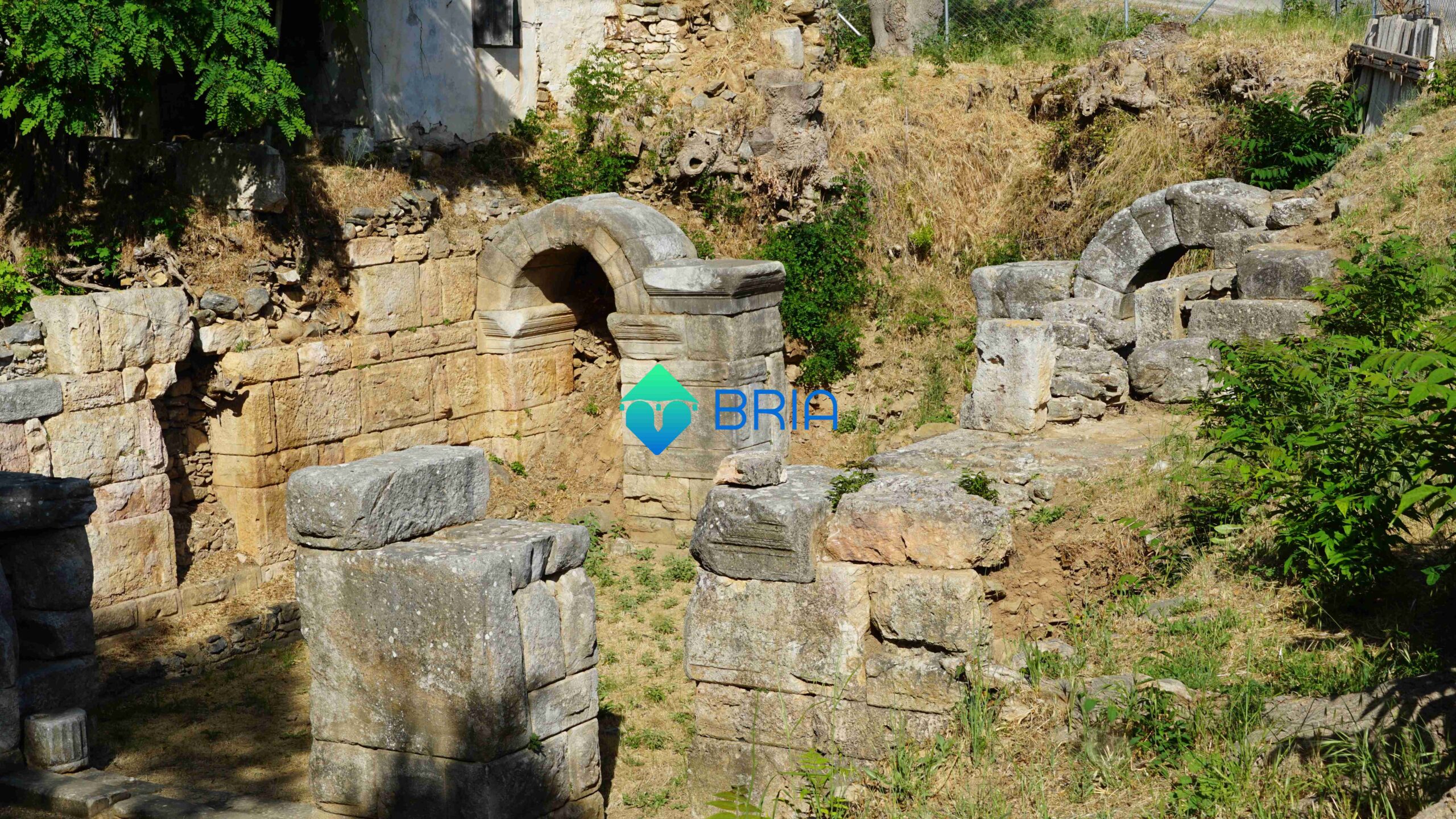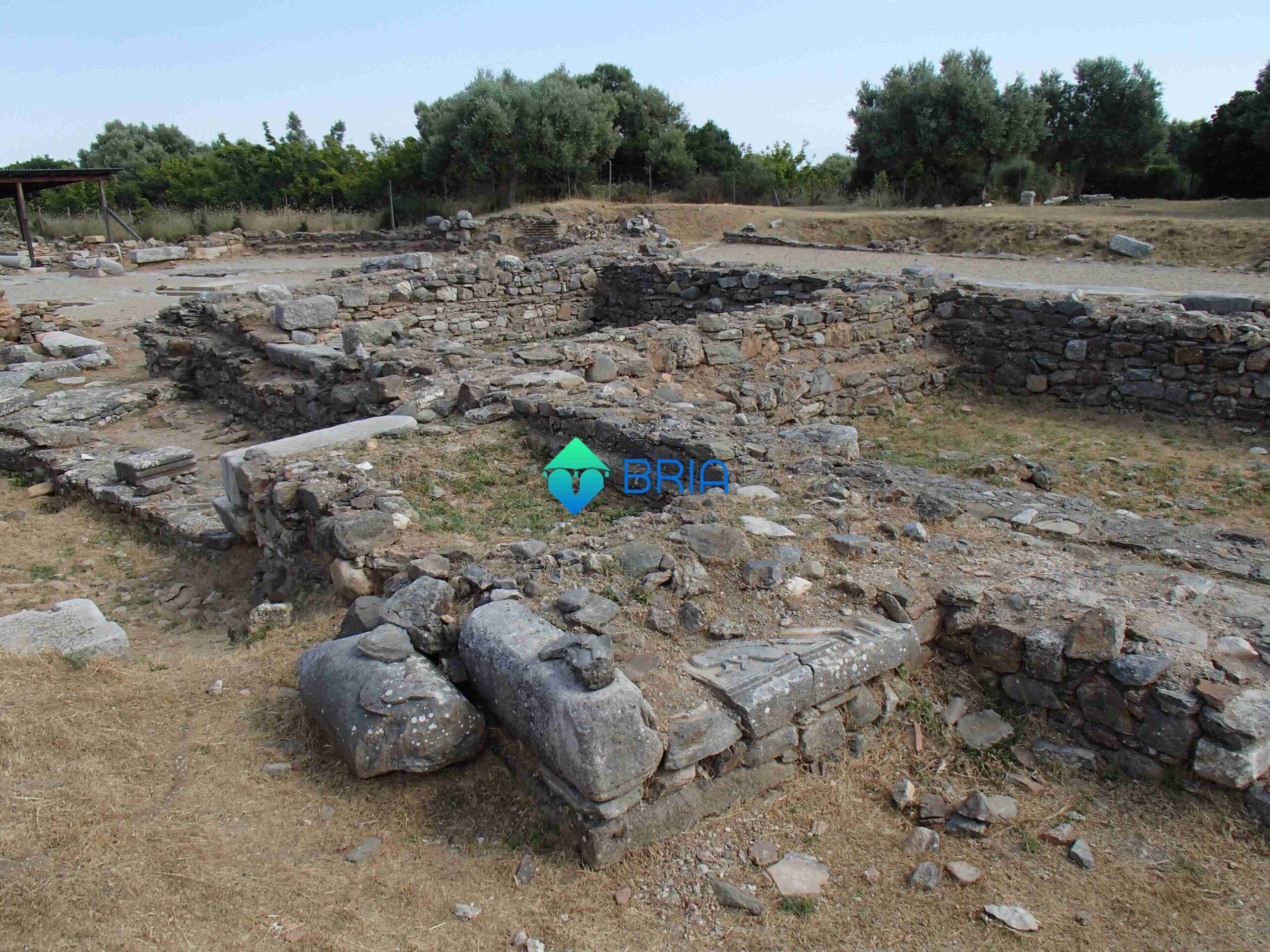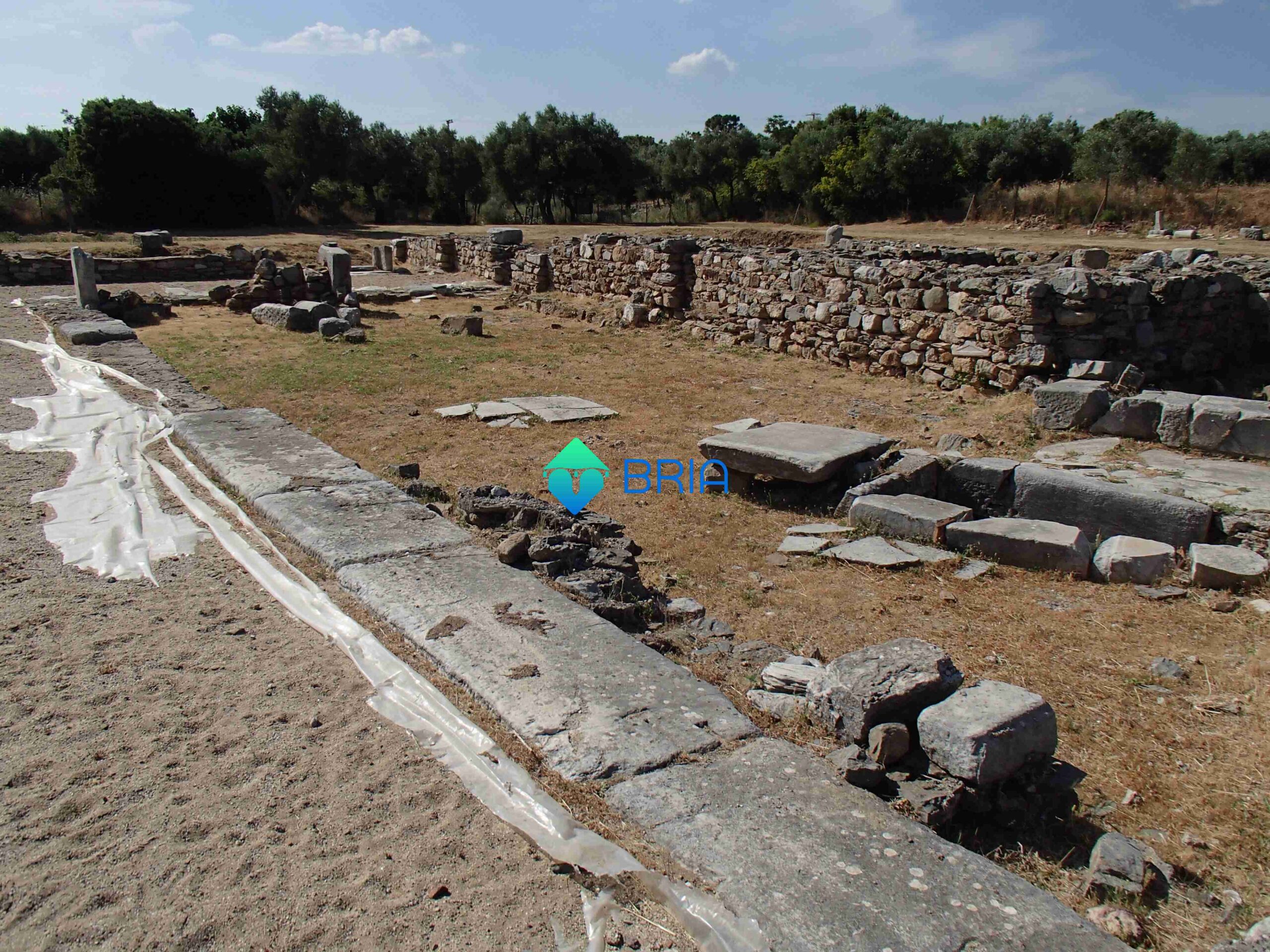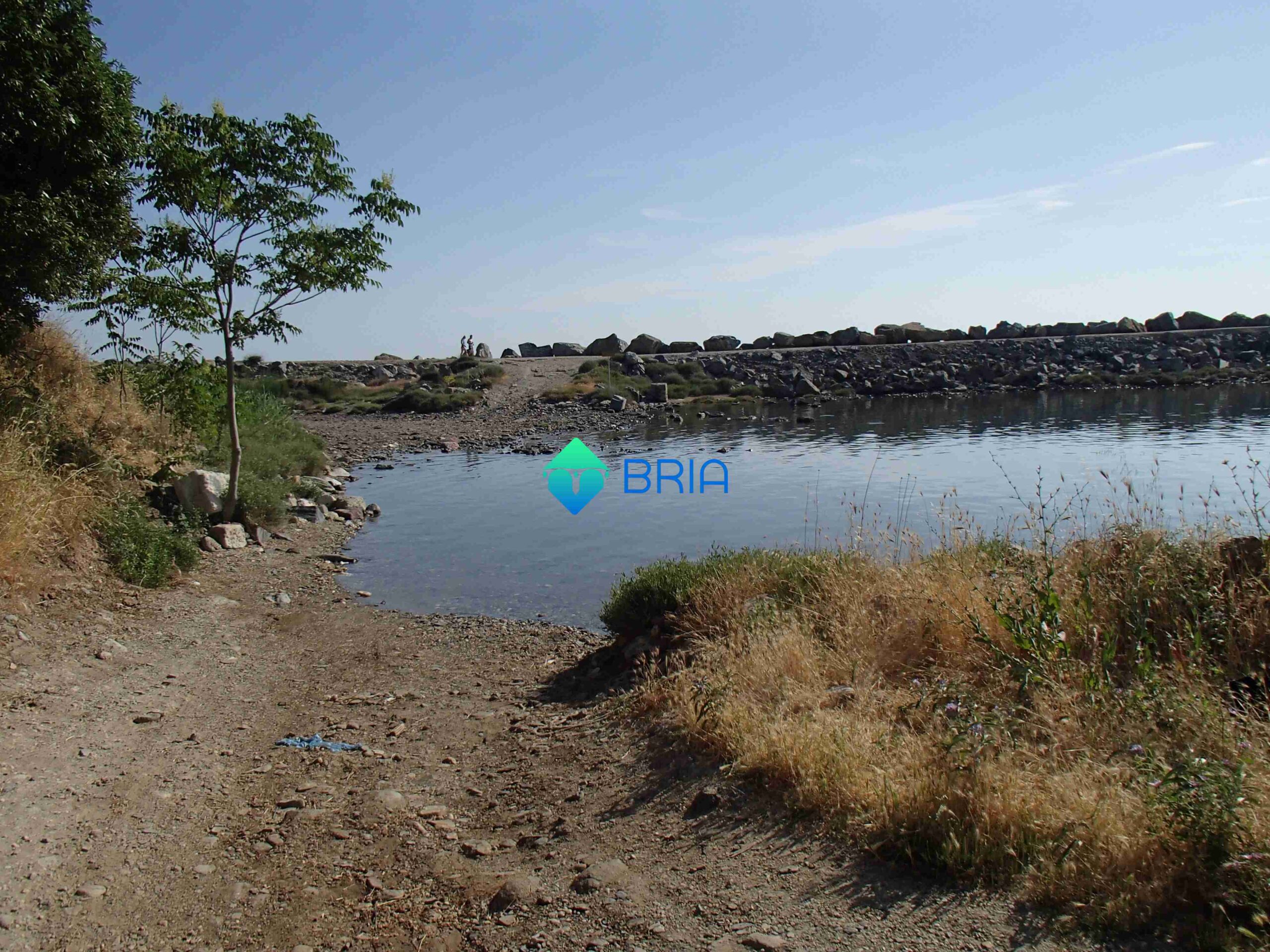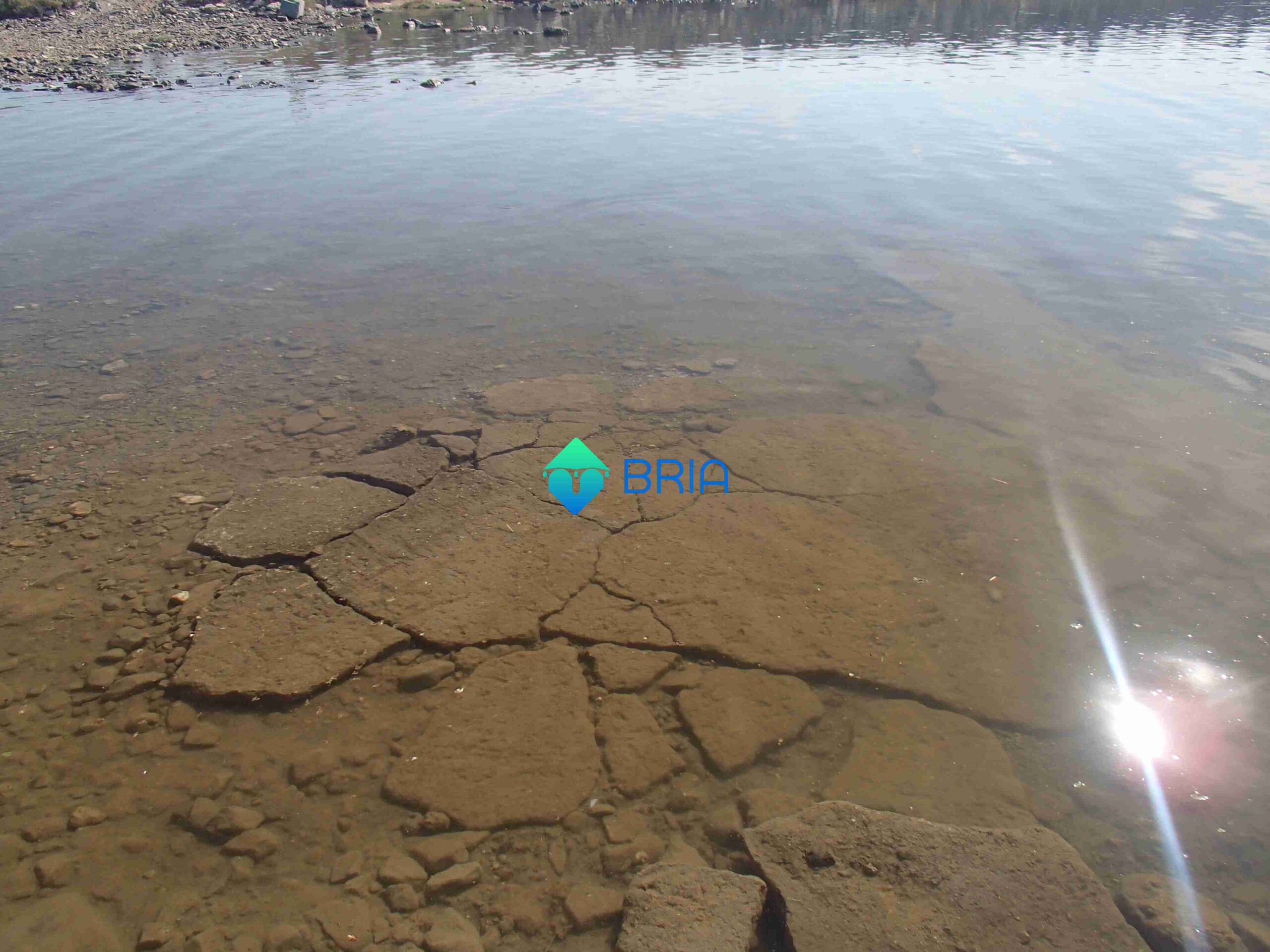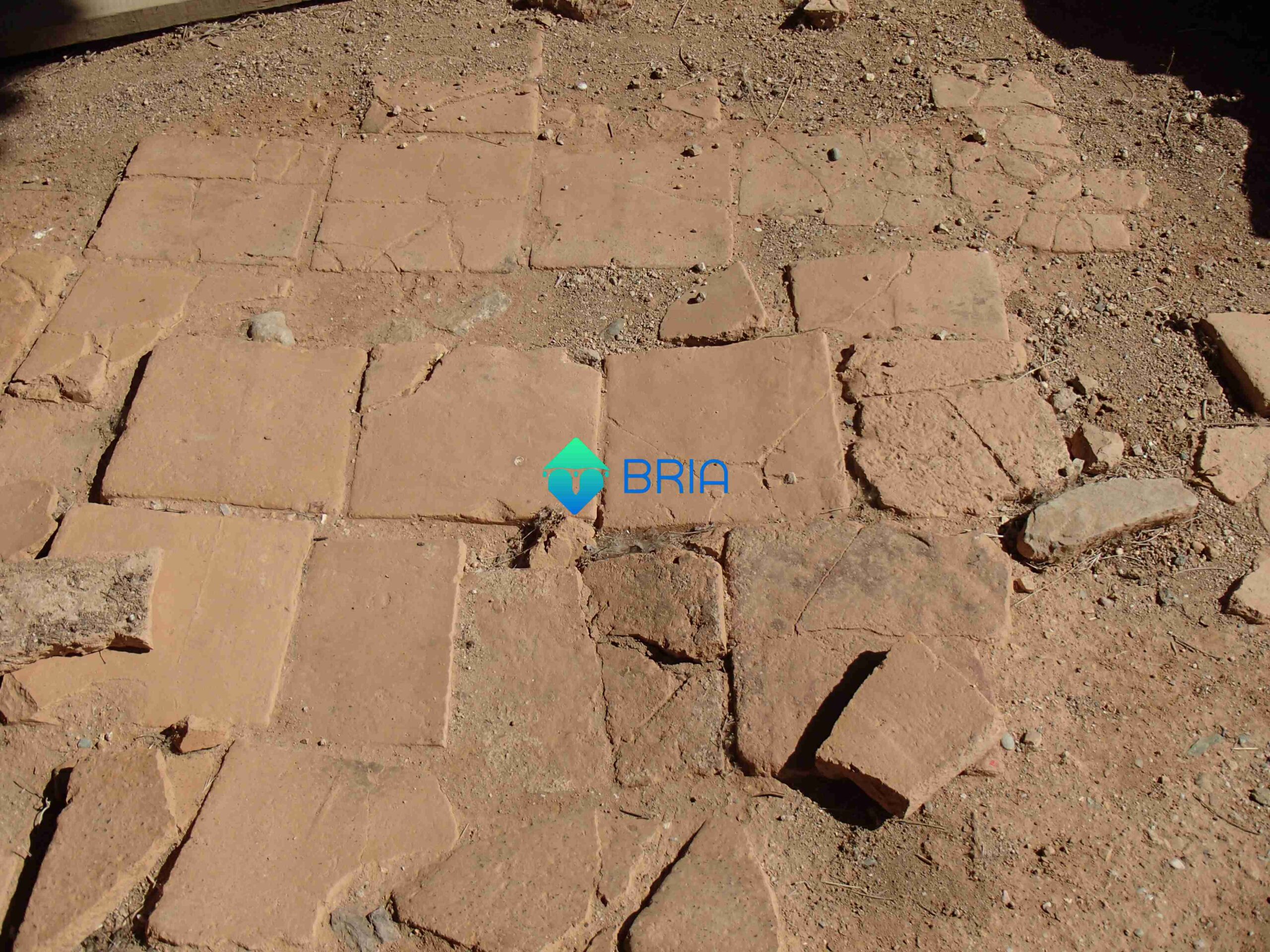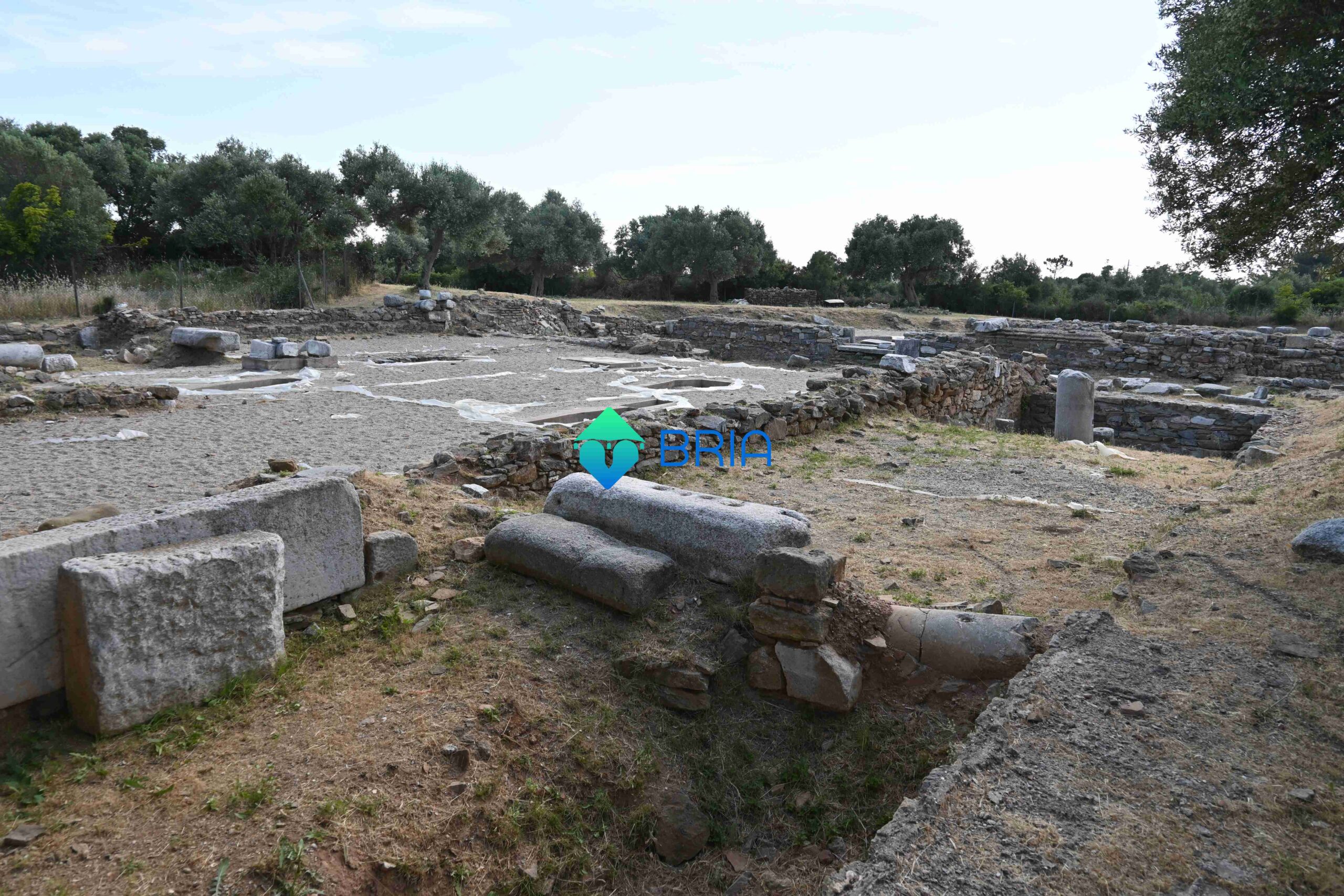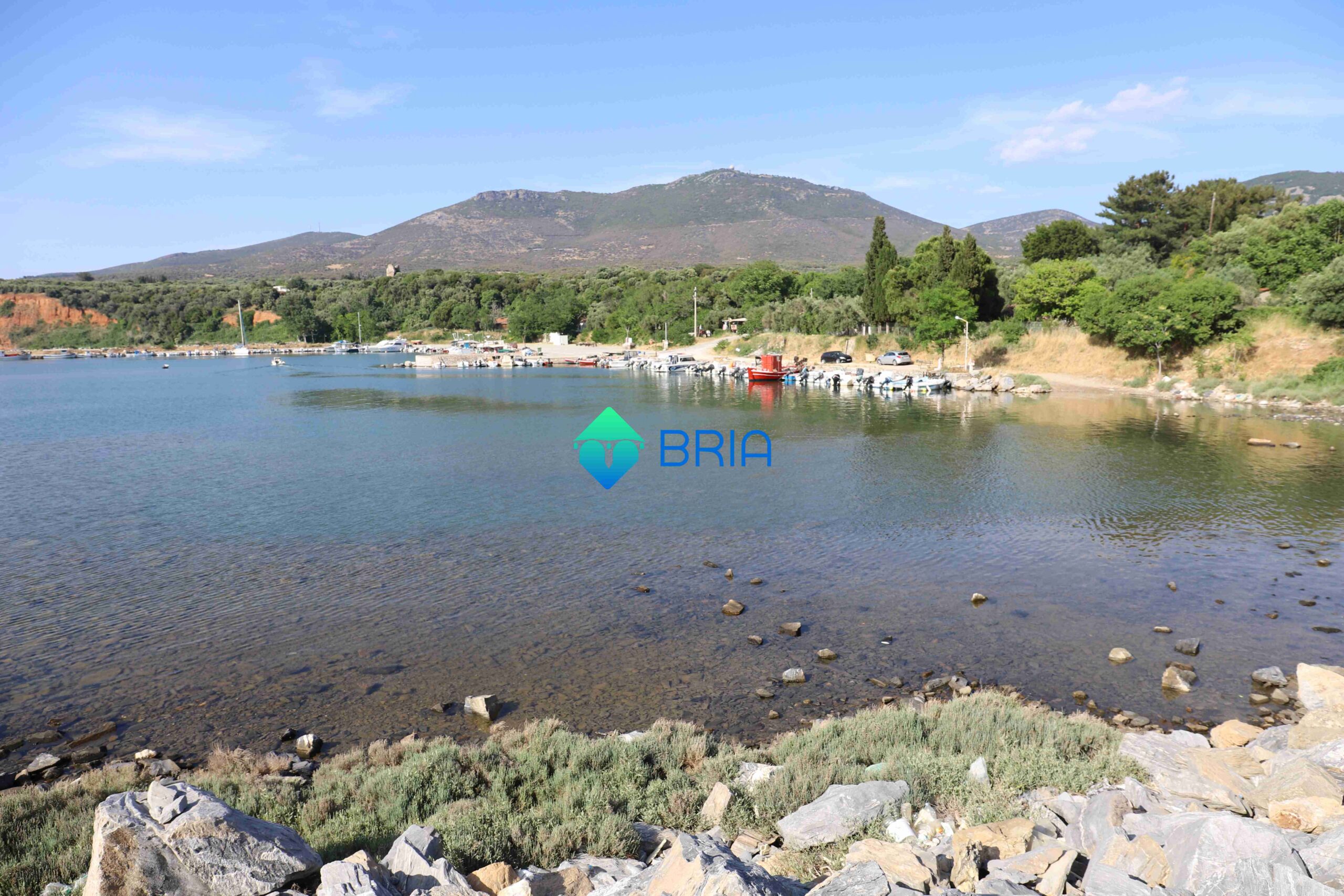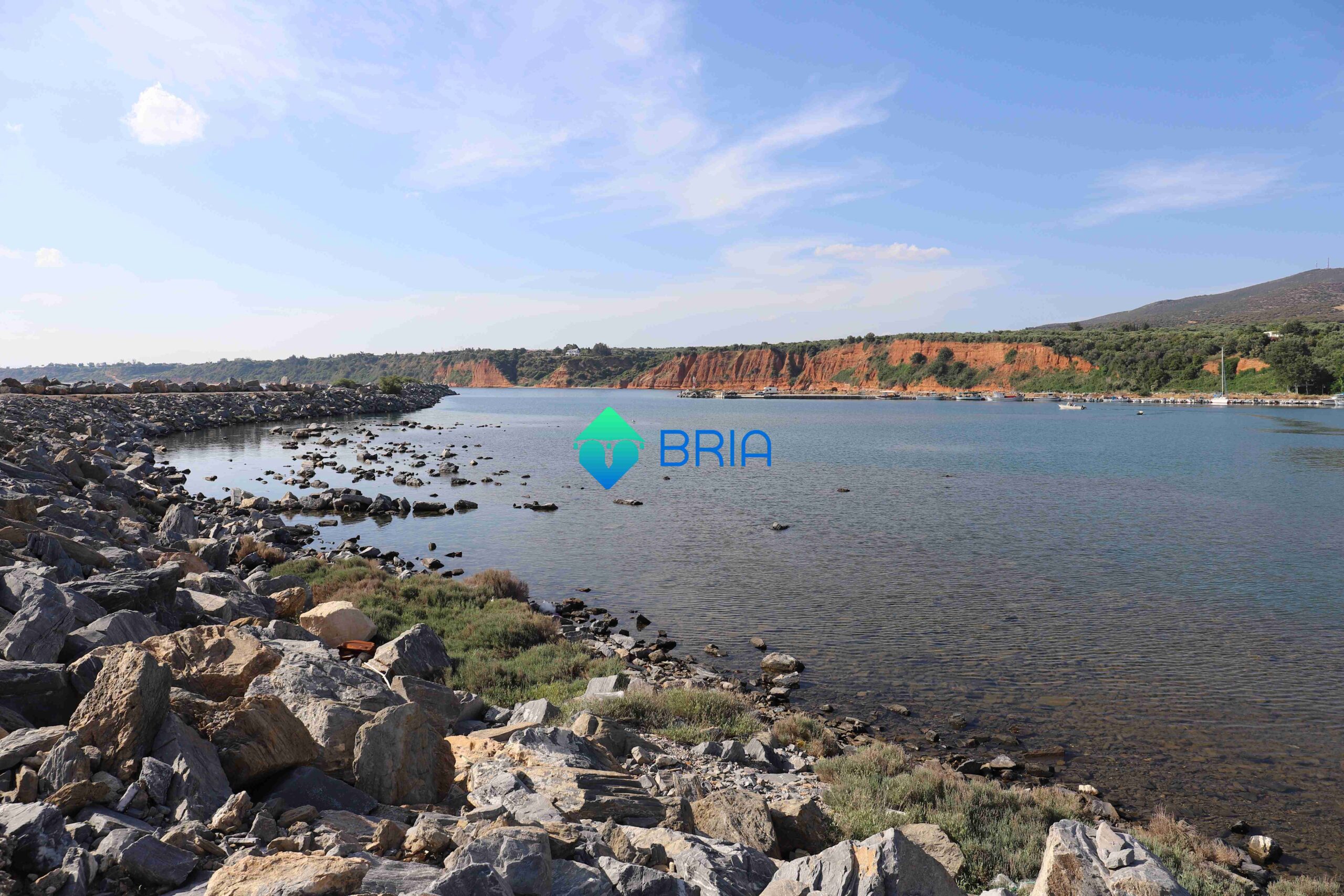Castle of Didymoteichon
Didymoteichon stands approximately 50 km north of Via Egnatia, 47 km west of Via Regia, and right next to river Evros (Meriç), an important waterway leading to Adrianoupoli (Edirne). The fortified area is the best-preserved part of the city. At least 20 towers and several gates dating from different periods surrounding the oval shaped citadel. Inside the citadel a great number of rock-cut spaces (storage rooms, cisterns and possibly dwellings) indicate a vibrant medieval community.
Byzantine Chapel of St Catherine (Hagia Aikaterini)
A chapel with a typical late byzantine façade in the North slope of the citadel is now dedicated to Hagia Aikaterini (St. Catherine). Its excavation during the 1980s exposed several burials indicating a funerary use.
Holy Cathedral of Saint Athanasius (Hagios Athanasios)
Another Late Byzantine chapel next to the 19th century St. Athanasios church, is partially preserved. The narrow oblong space served as a funeral chapel, with tombs positioned under blind arcades. Important traces of wall paintings survive; two representations of a flying enthroned figure are perhaps the most impressive amongst them. Several spaces, partially built and partially rock-cut (storage rooms and cisterns), have been found north of the chapel of St. Athanasios.
Castle of Avantas
The castle stands near the modern-day village of Avantas. Its original Byzantine name is unknown. The fortification consists of two lines of walls, four rectangular towers, and two gates, the central being two-storied, exceeding 140m in length. It is enclosing the citadel only through the accessible SW slope since the hill is already too steep on the NE sides. Some traces of habitations still exist in few parts of the citadel along with several rock-cut formations (mostly cisterns).
Maroneia
Maroneia, originally founded around the 7th century BCE, became a bishop’s seat during the 4th century and later, during the 11th, was promoted to an Archbishopric. Α byzantine Basilica with extensive mosaic floors has been excavated in the site of Palaiochora. As the evidence suggests, the area of the basilica was encroached upon by a vast cemetery during the transitional period and a small settlement was built on the site using the architectural material of the basilica during the middle byzantine period. Maroneia’s port, in modern day Palaiochora, played an important role throughout the Byzantine period.

